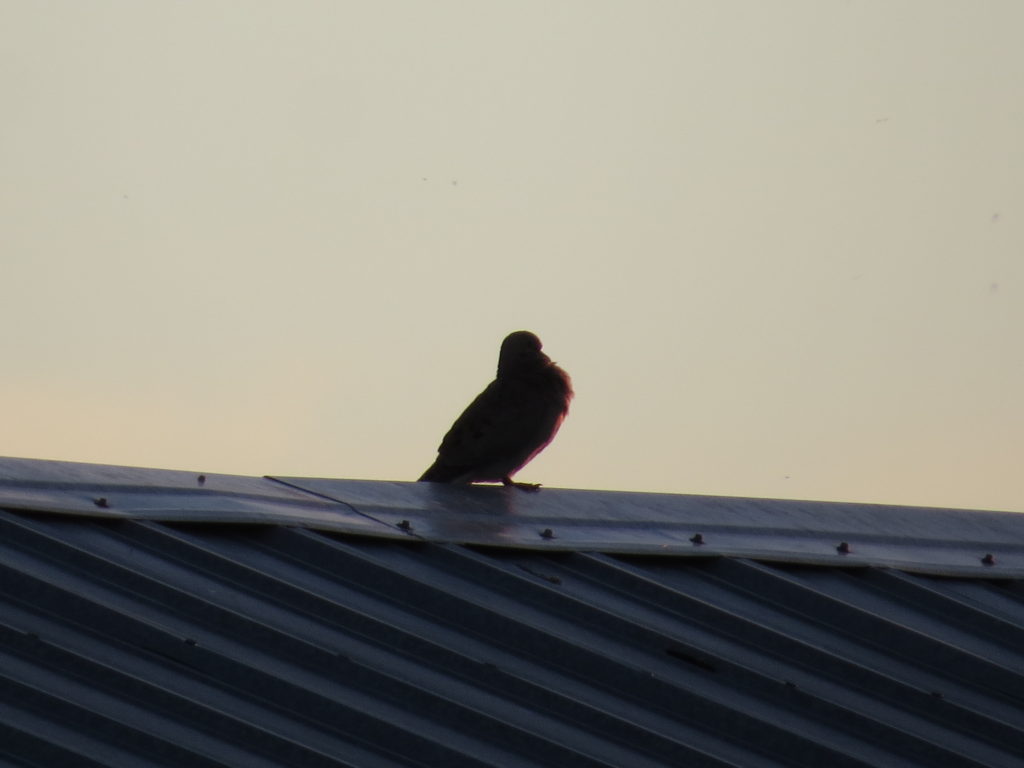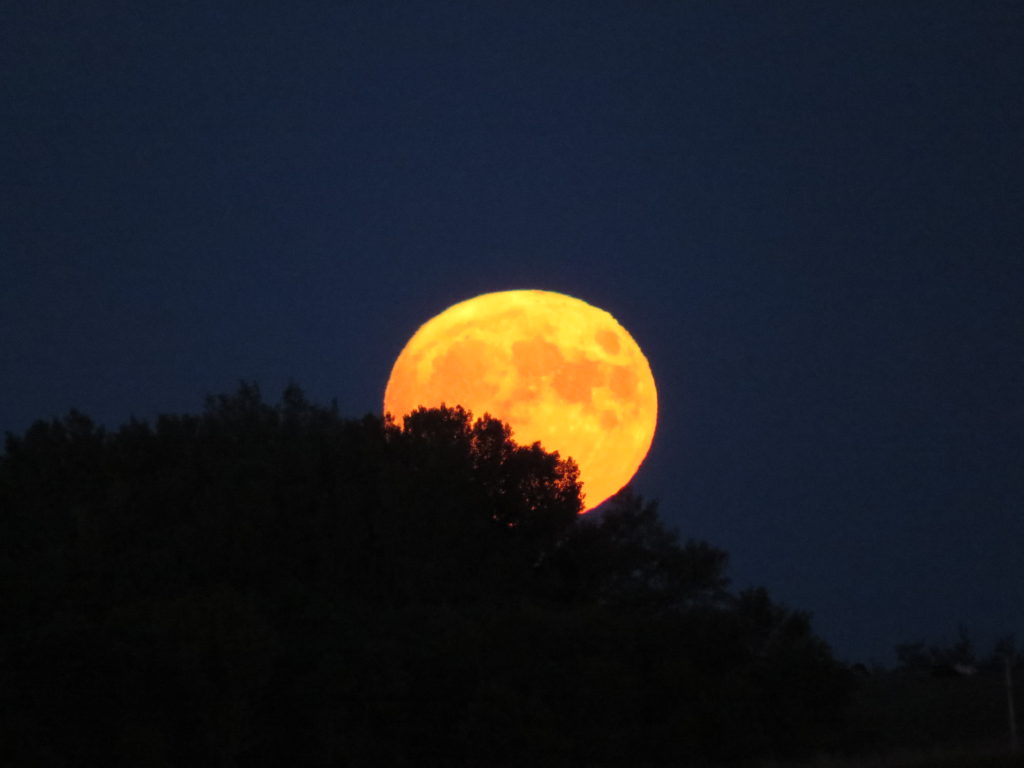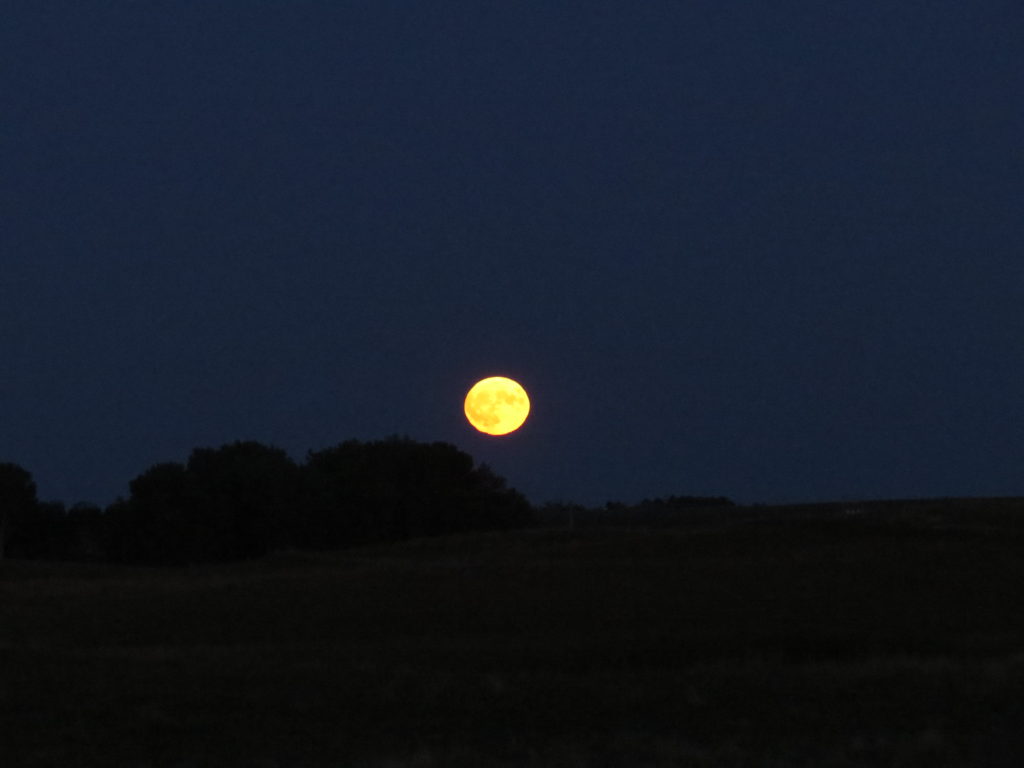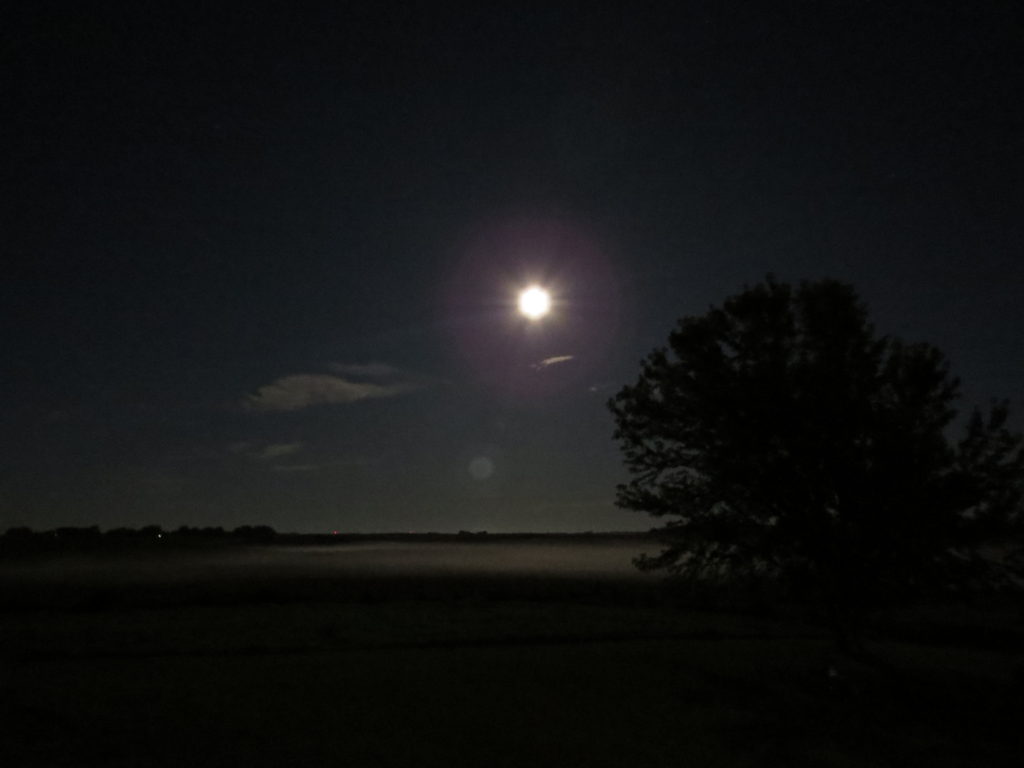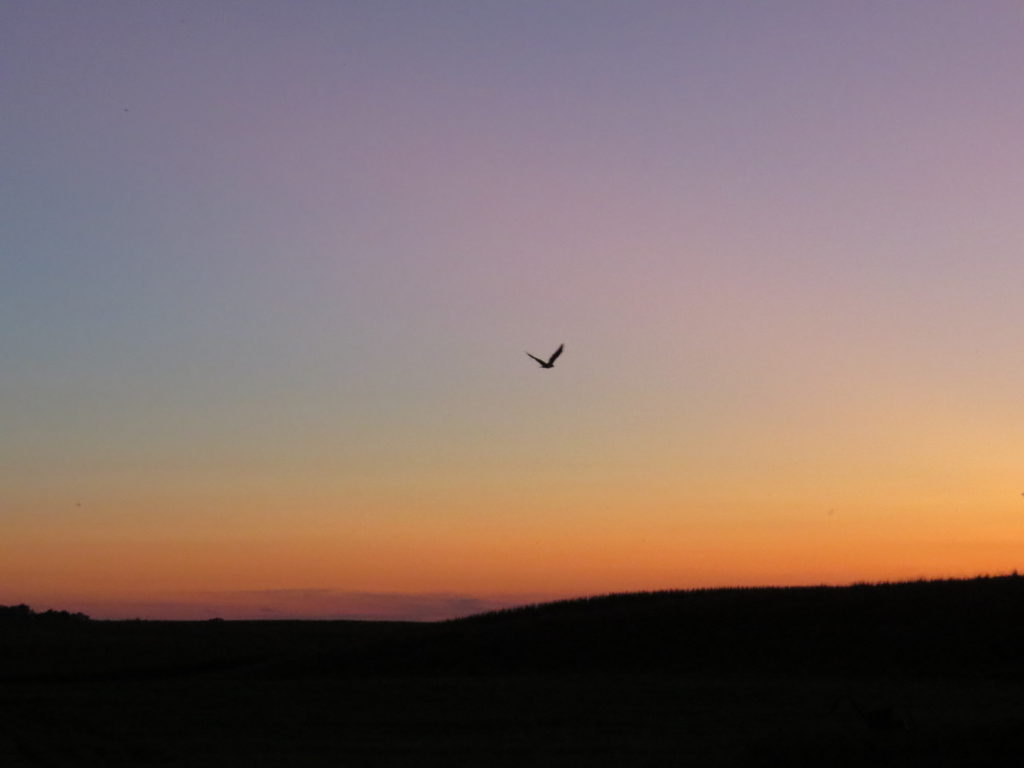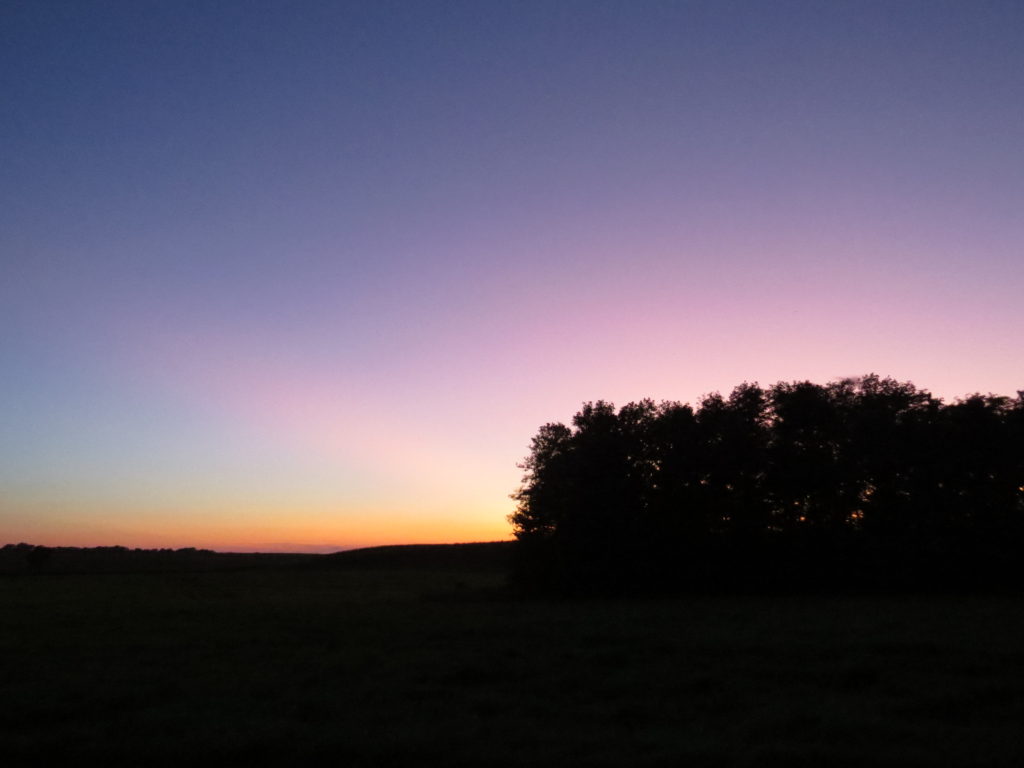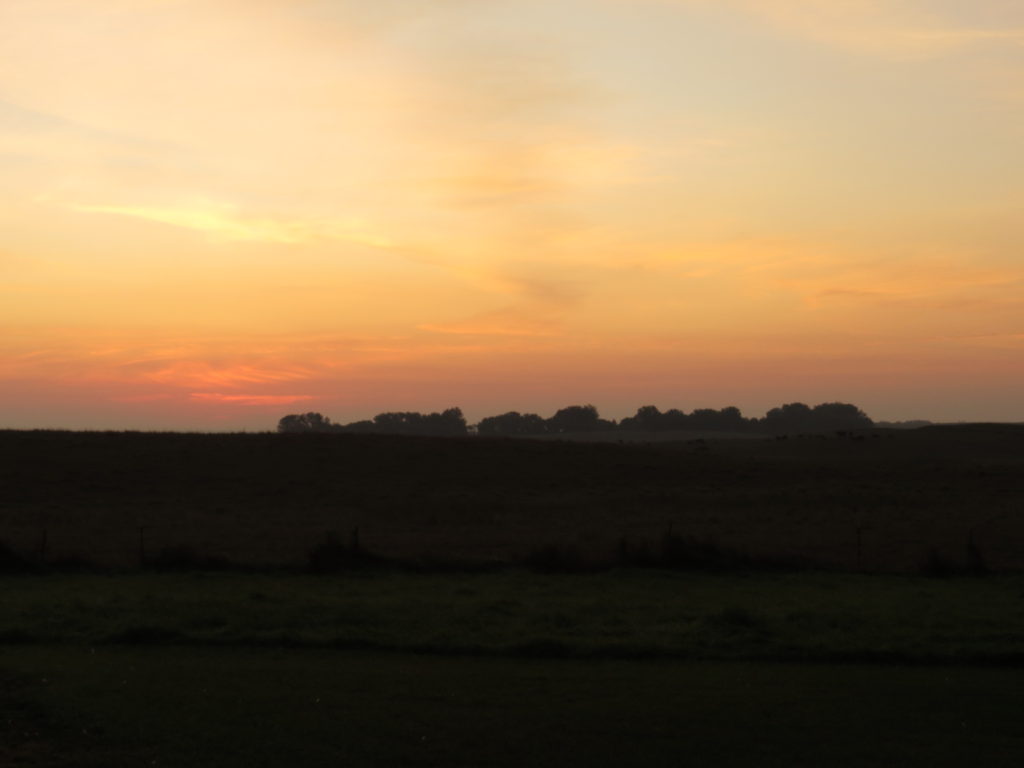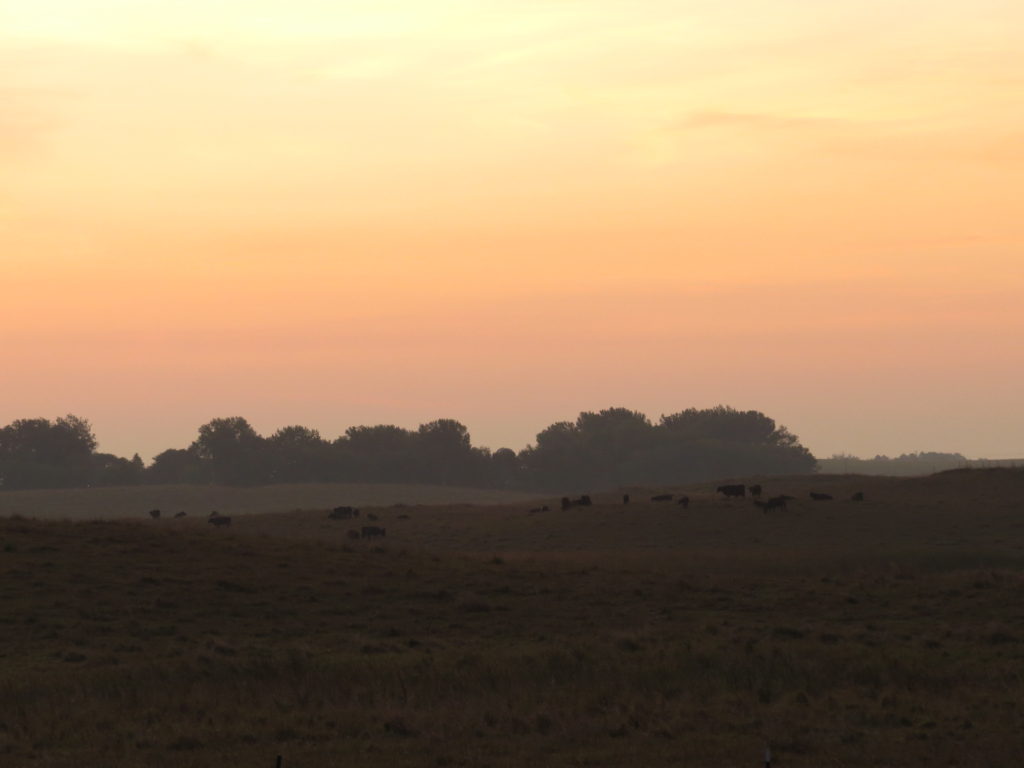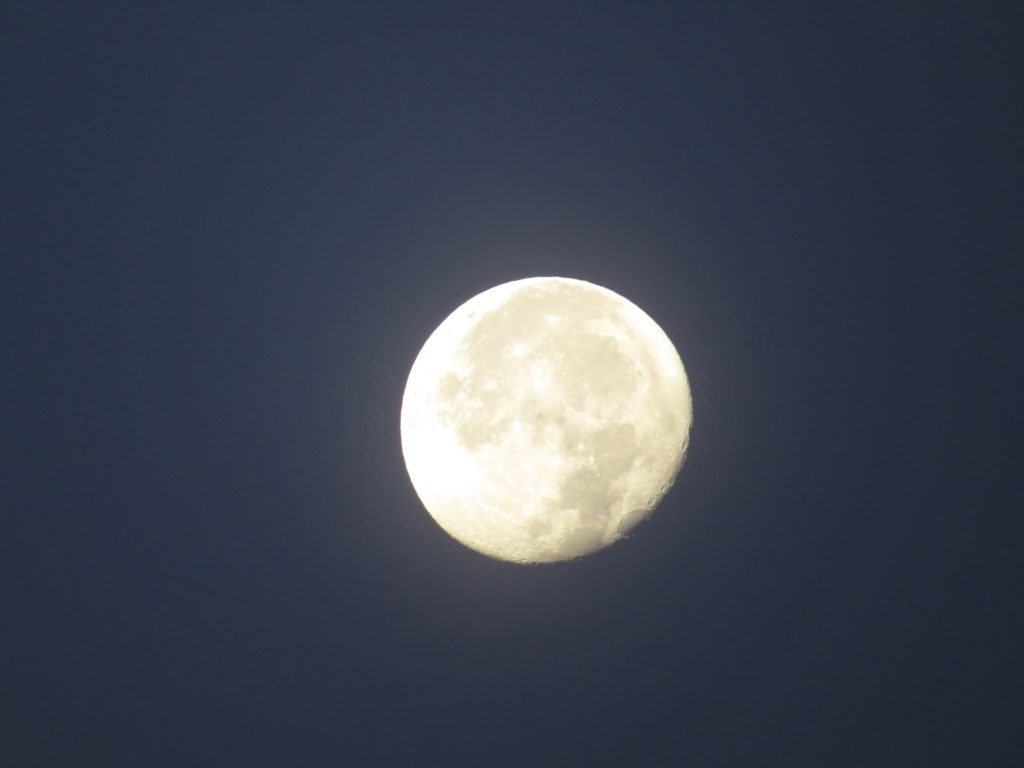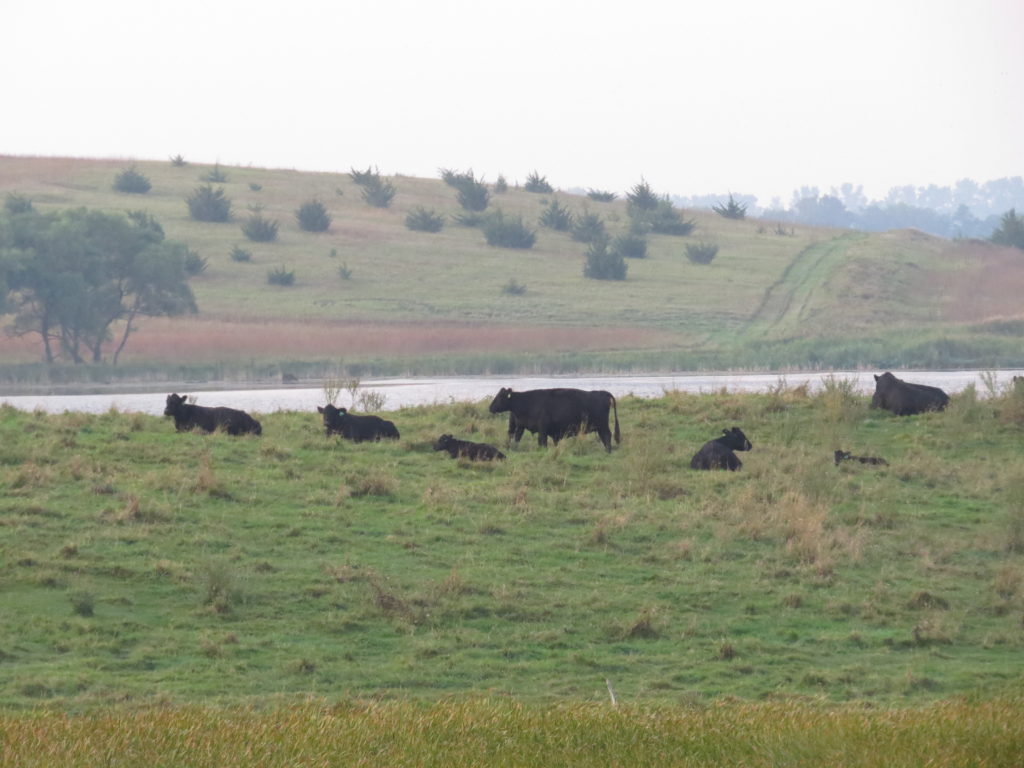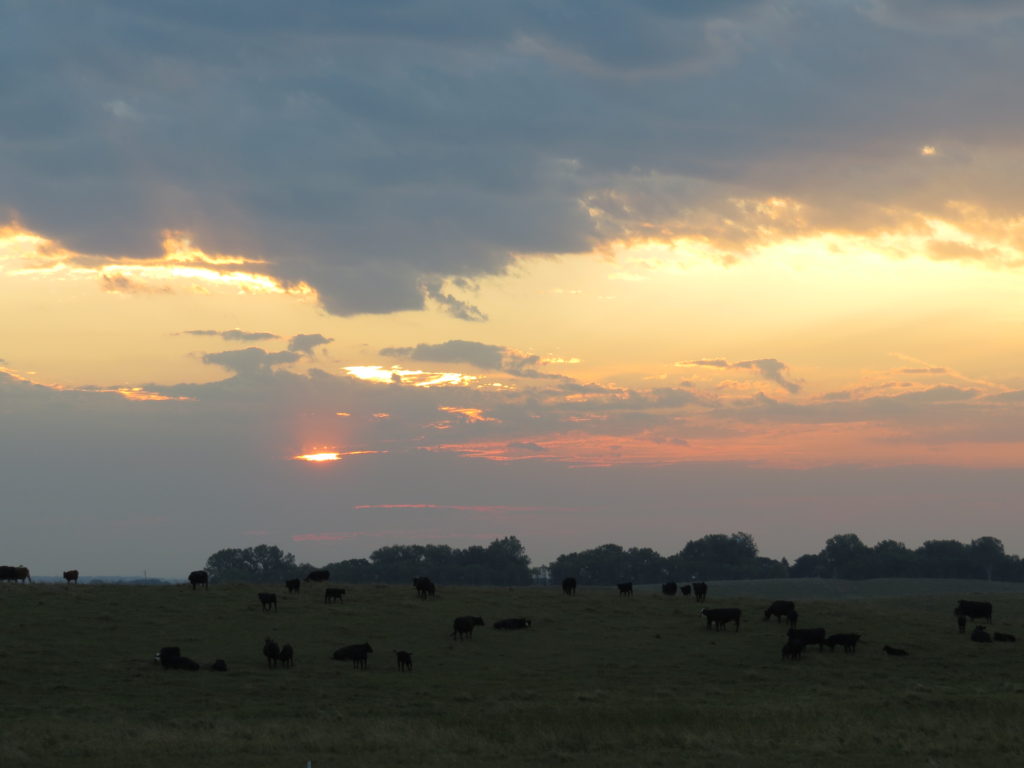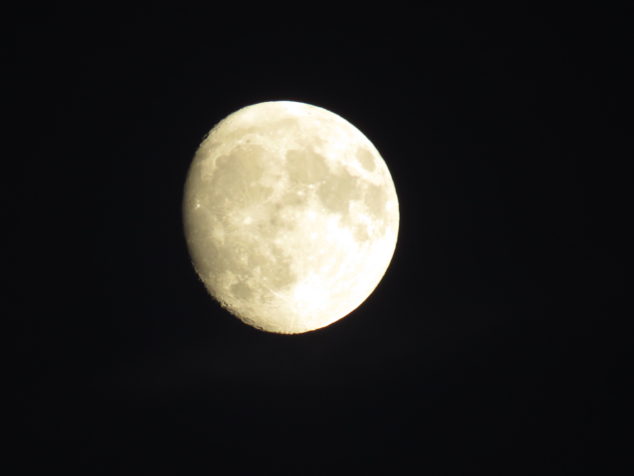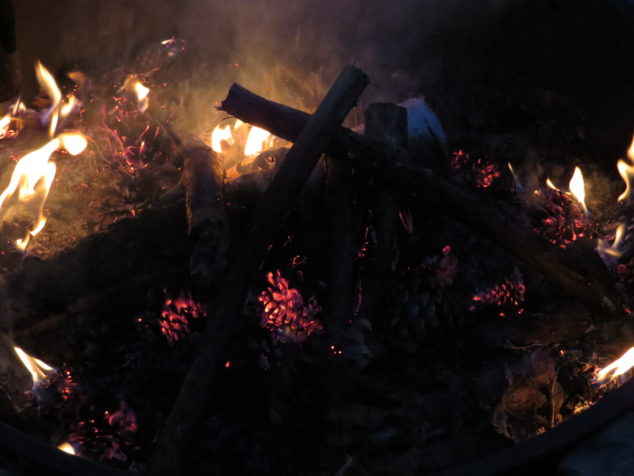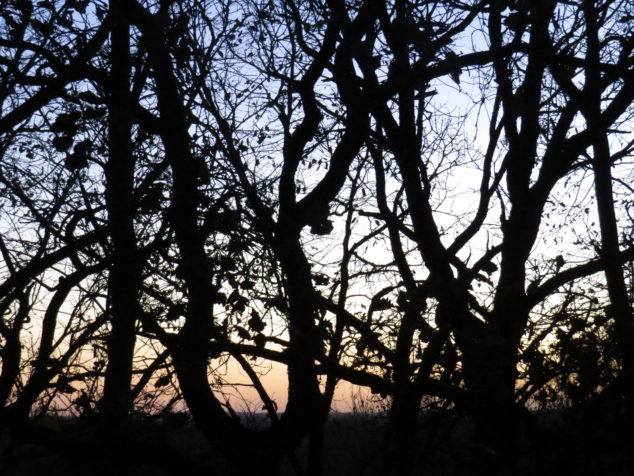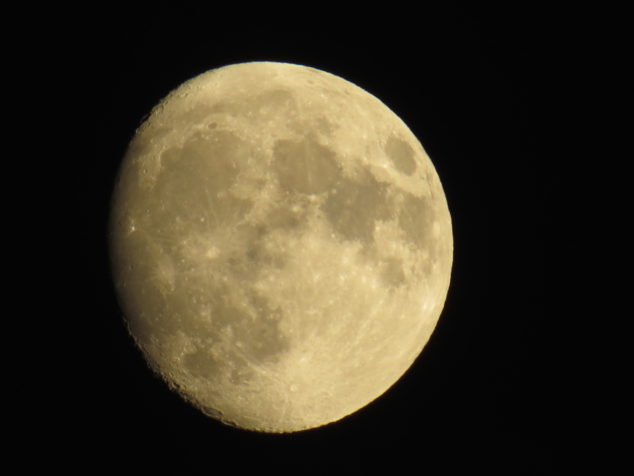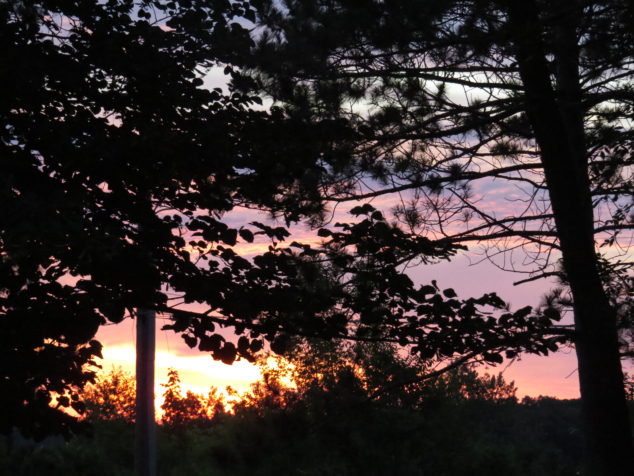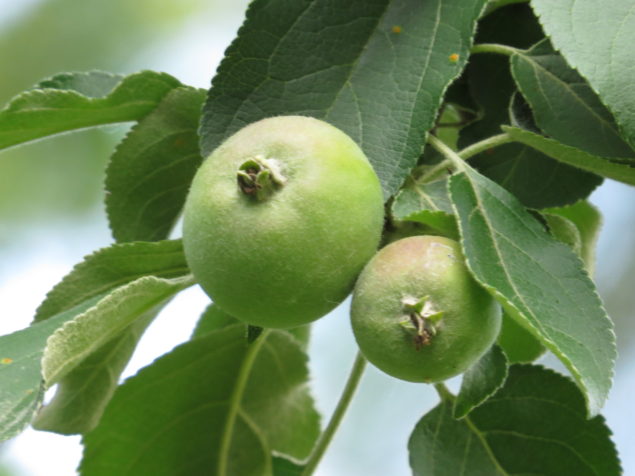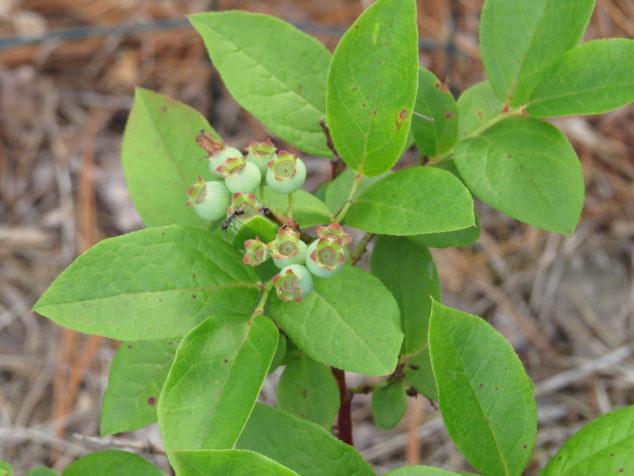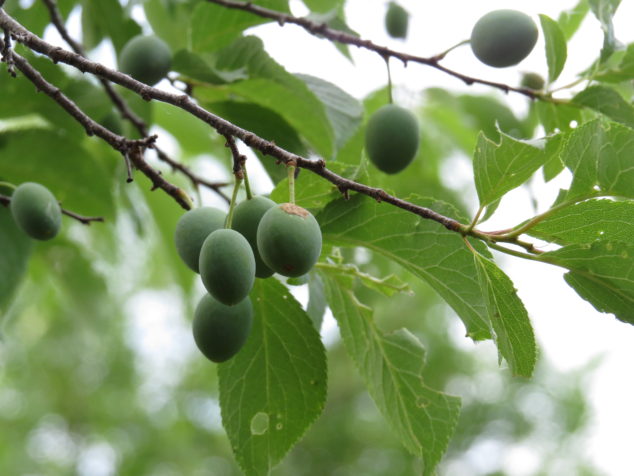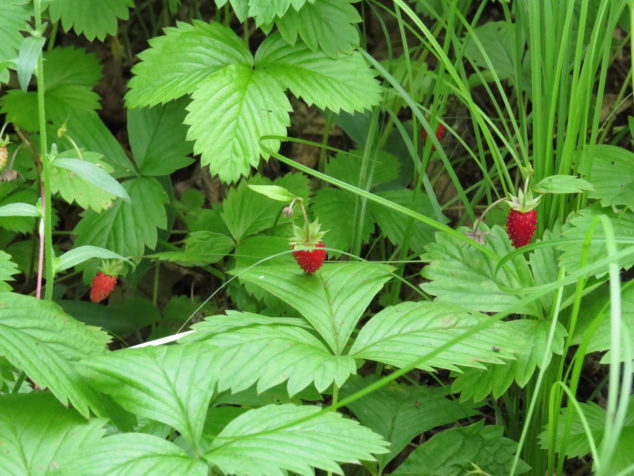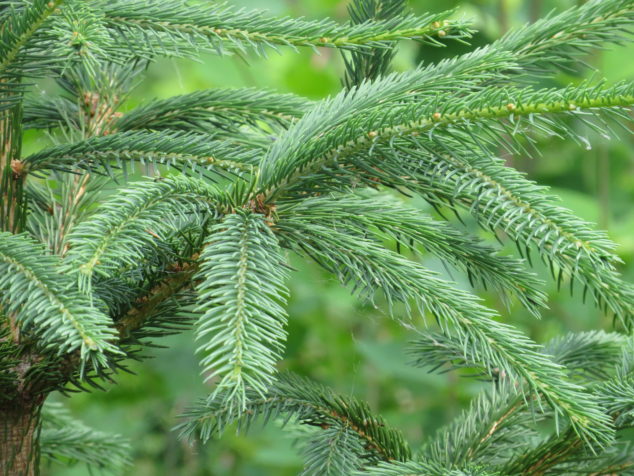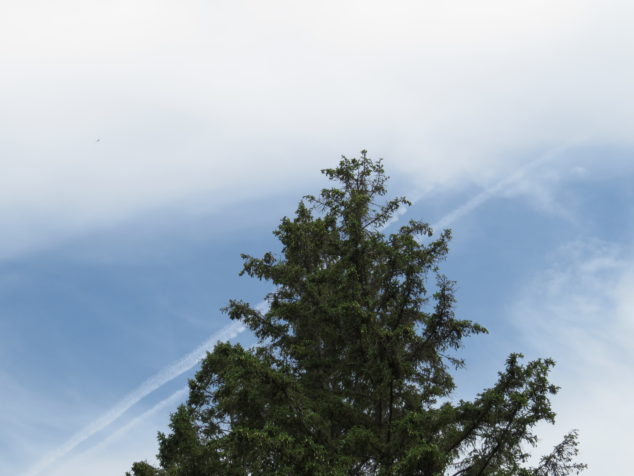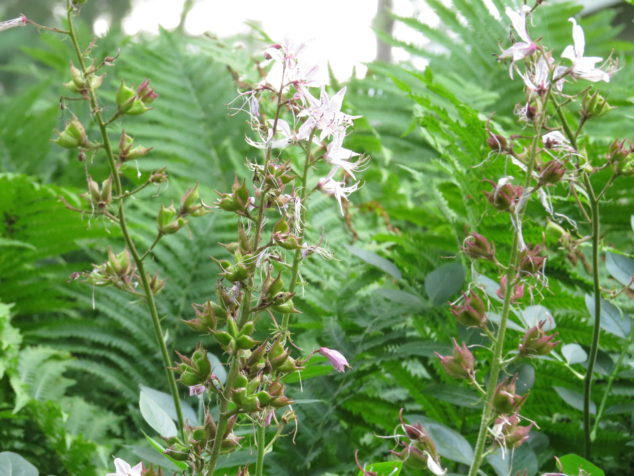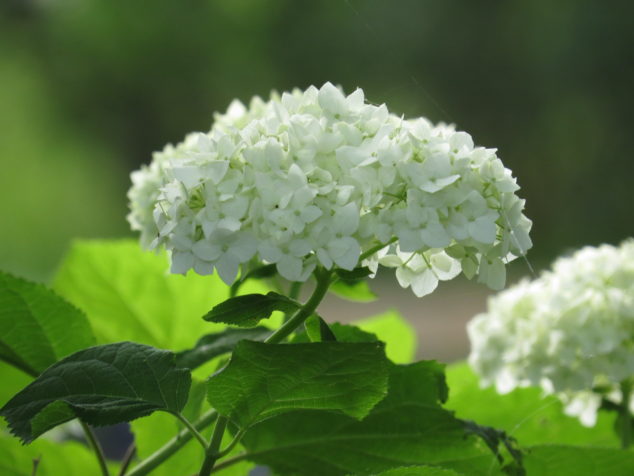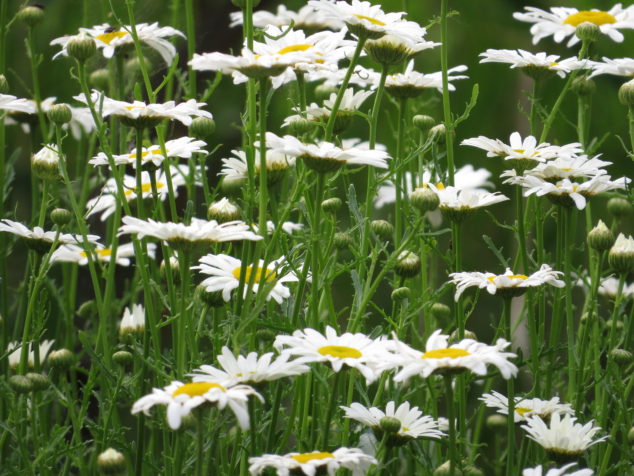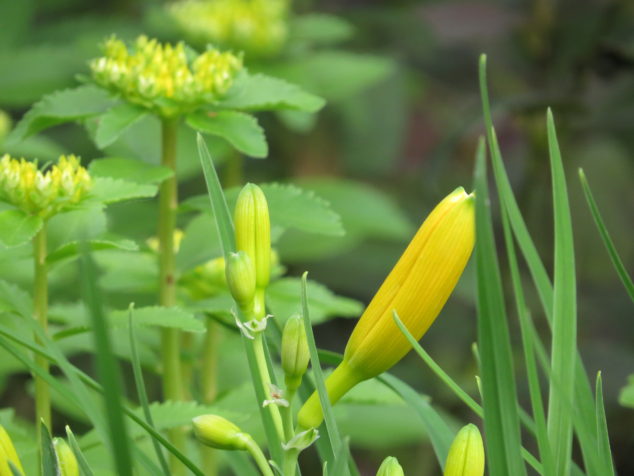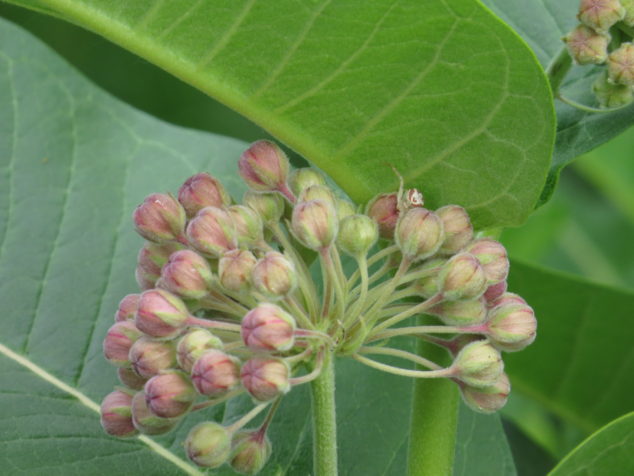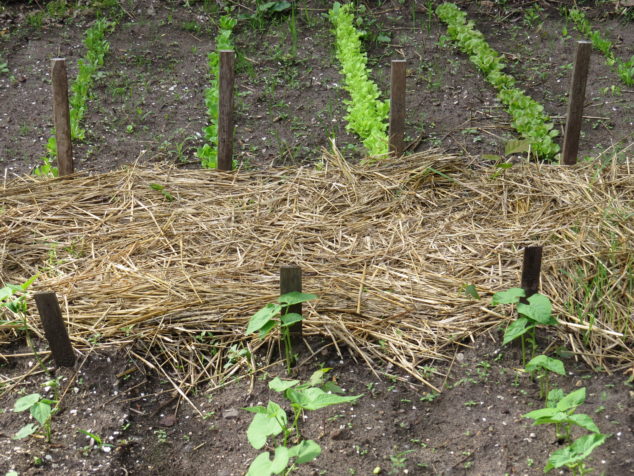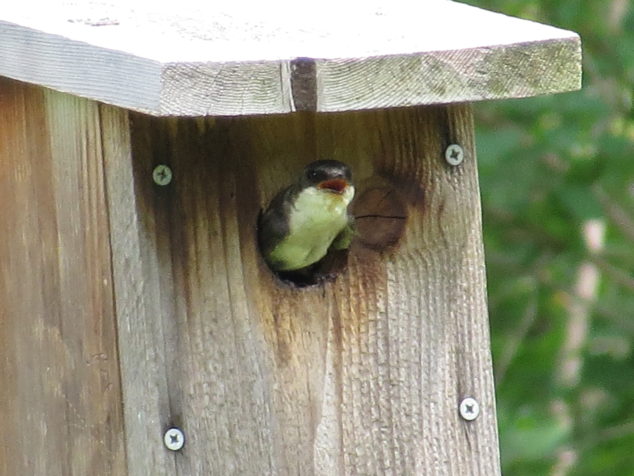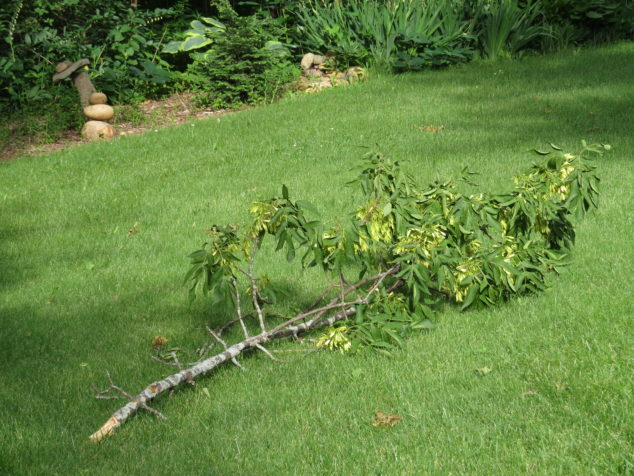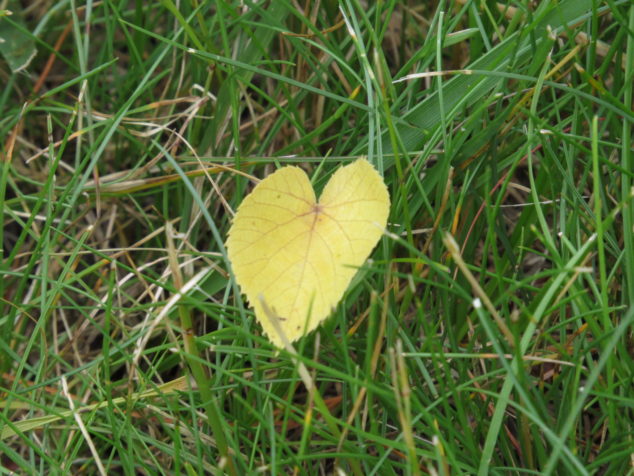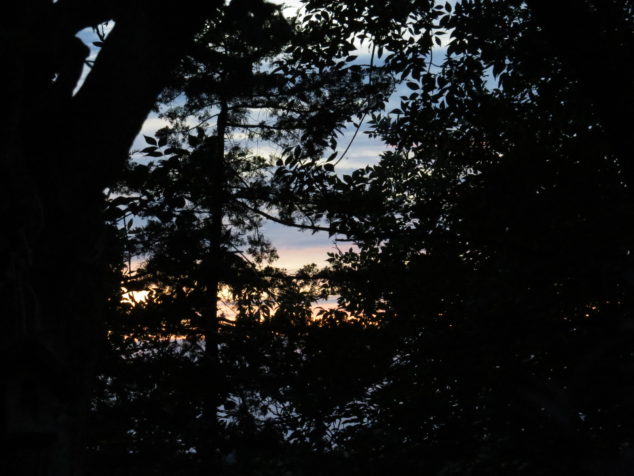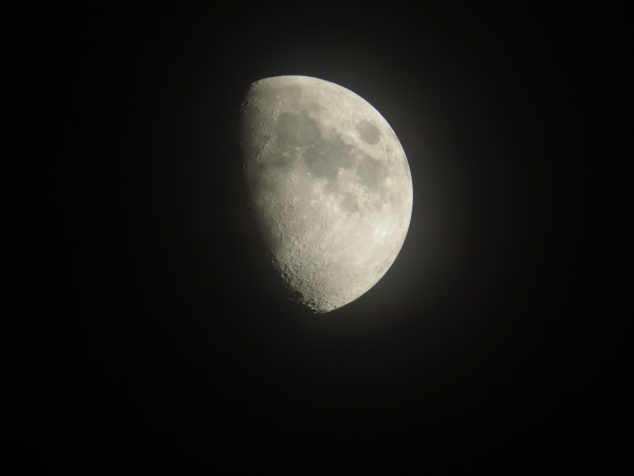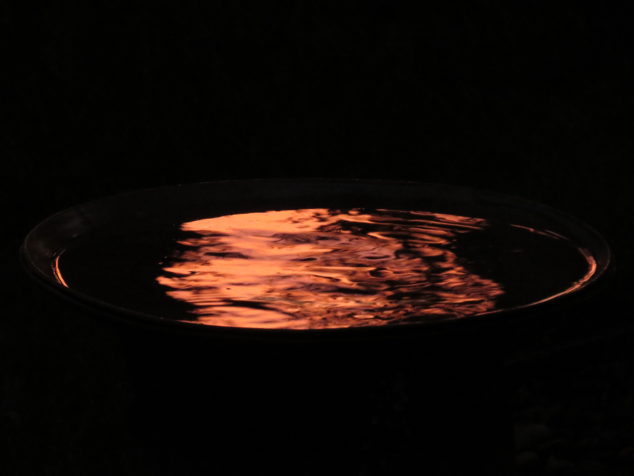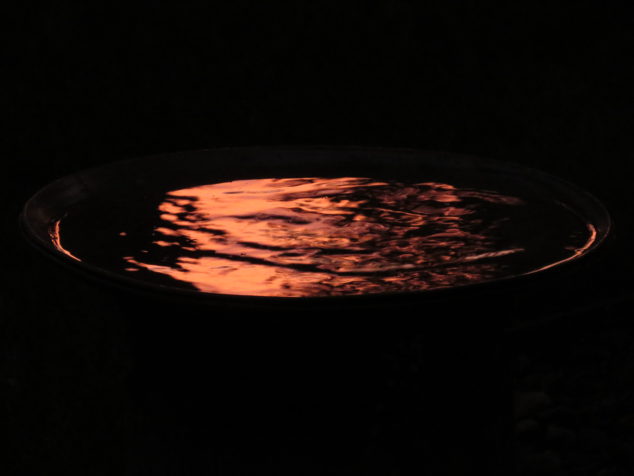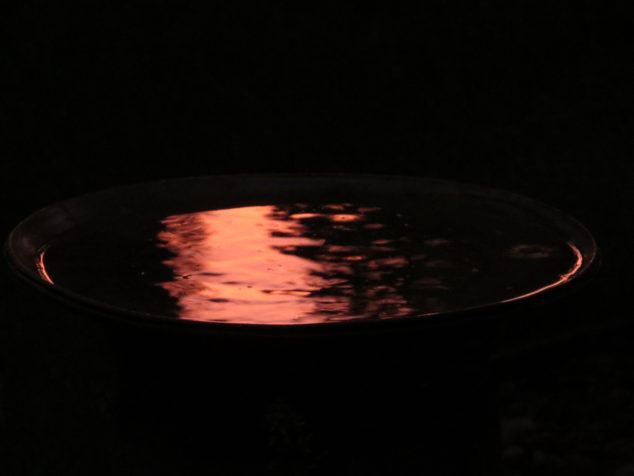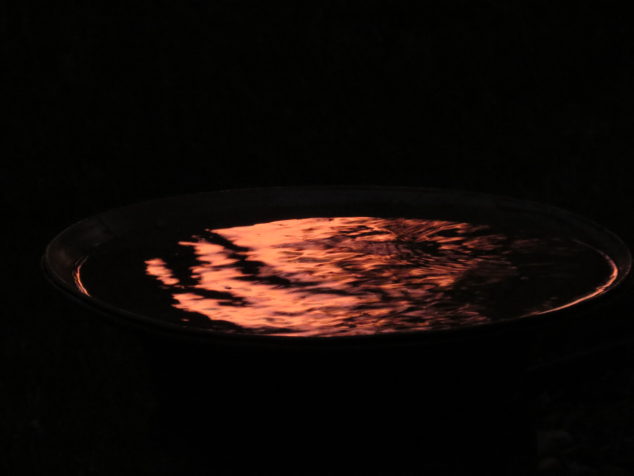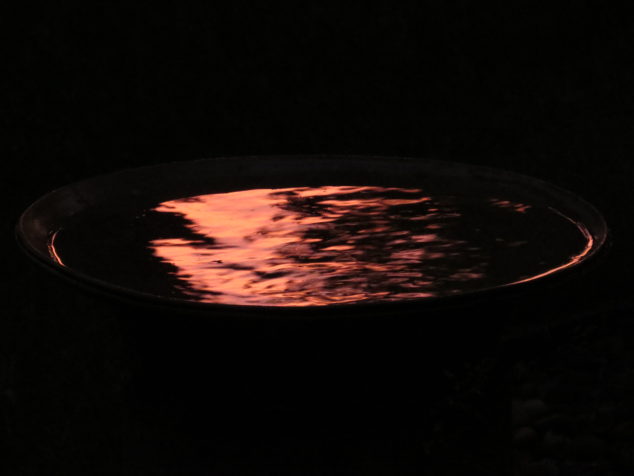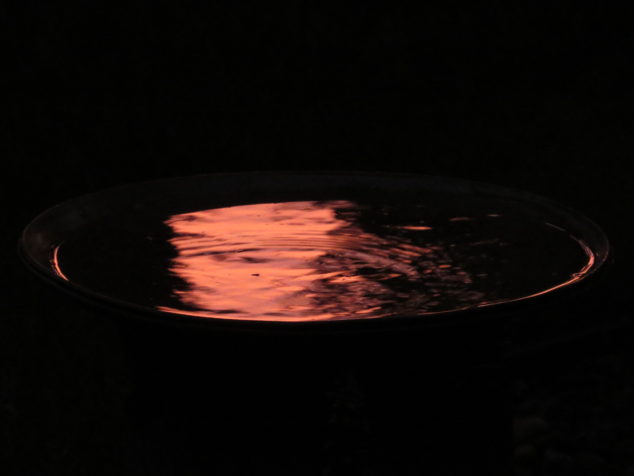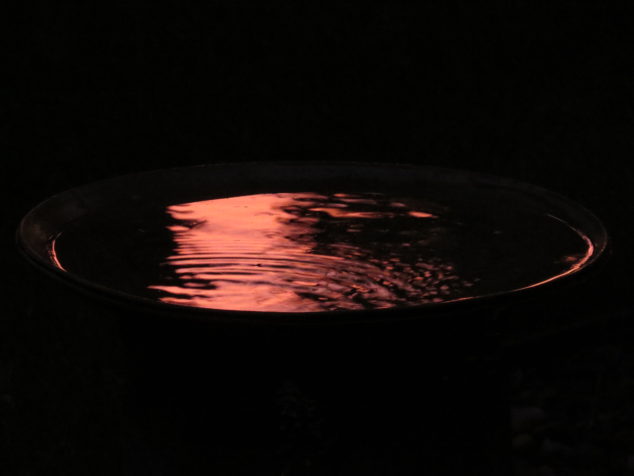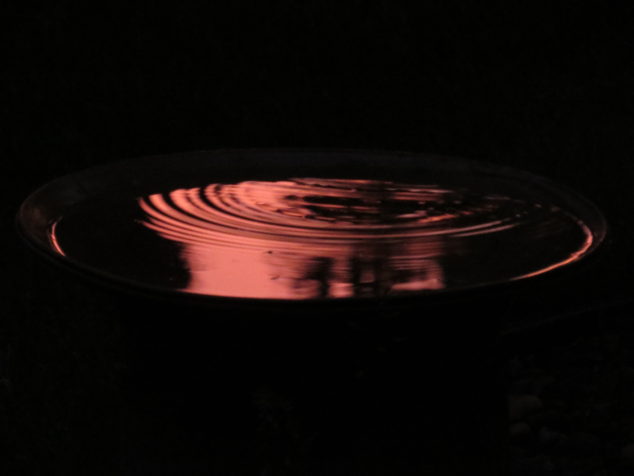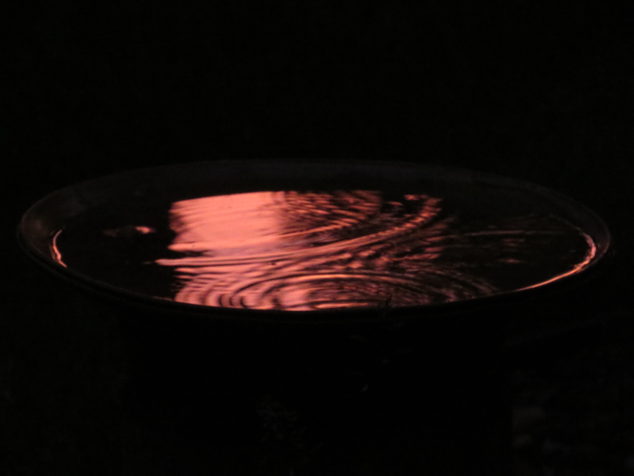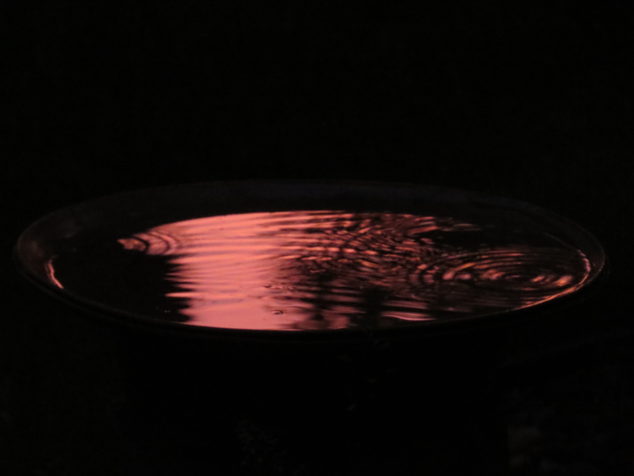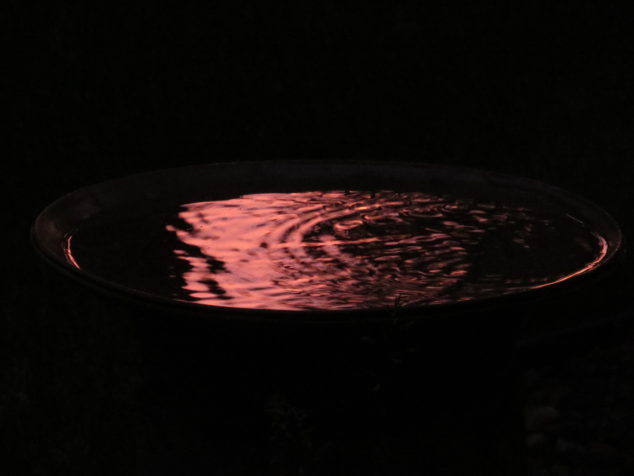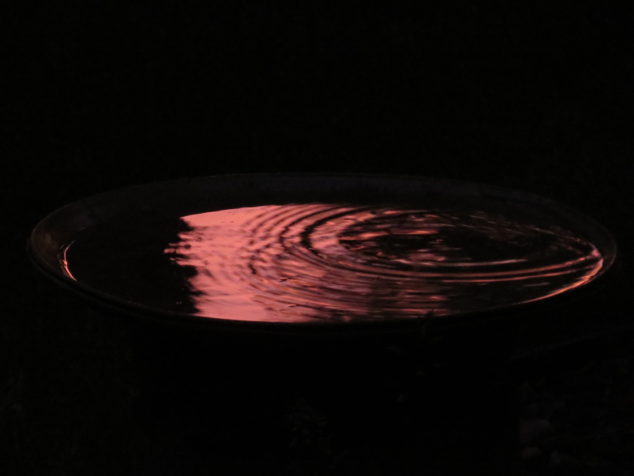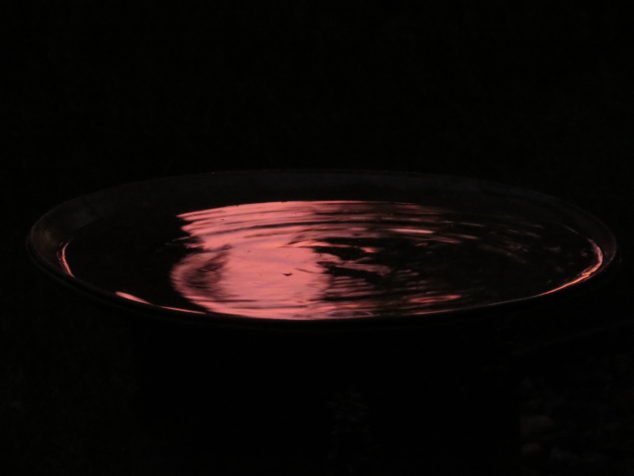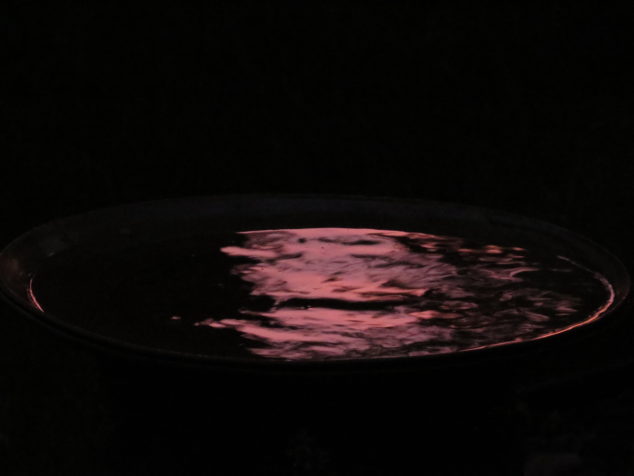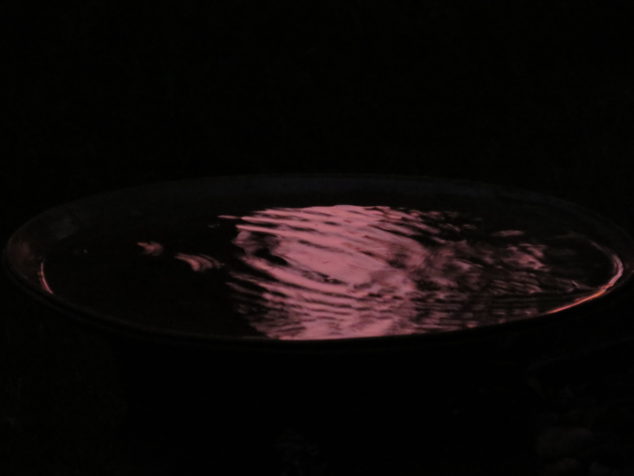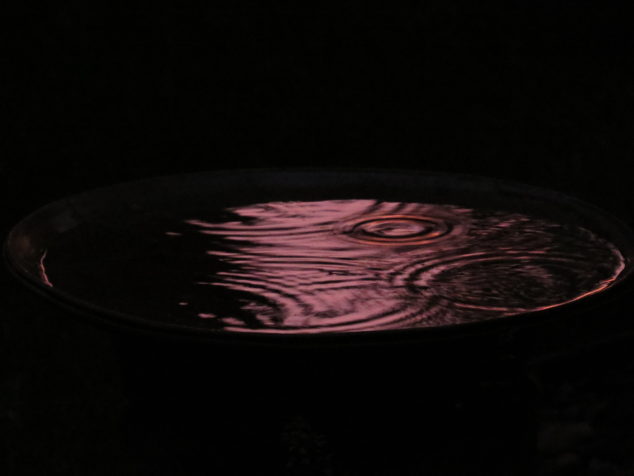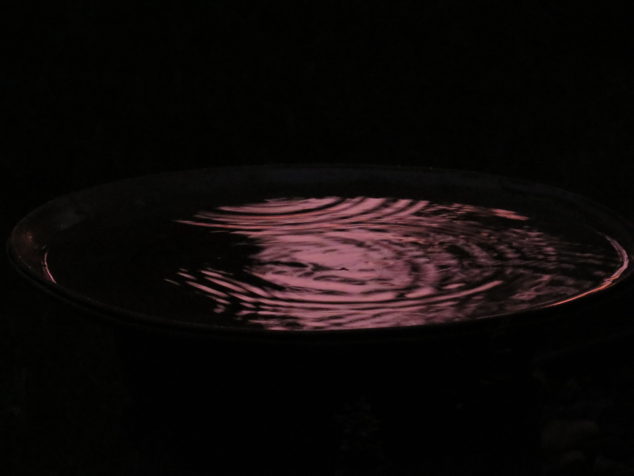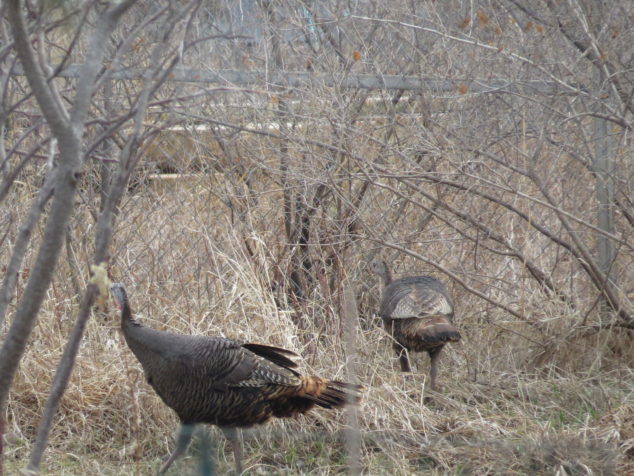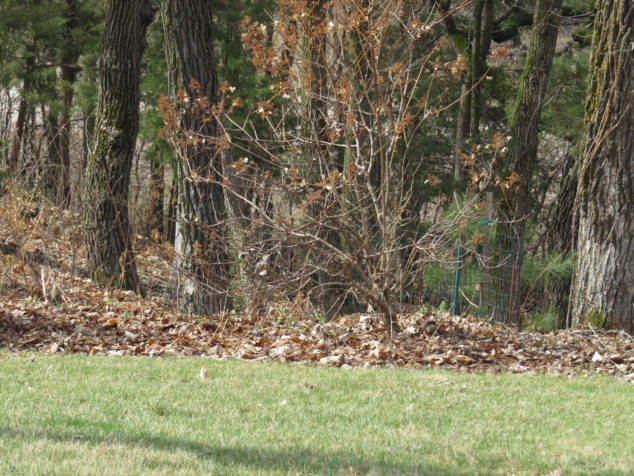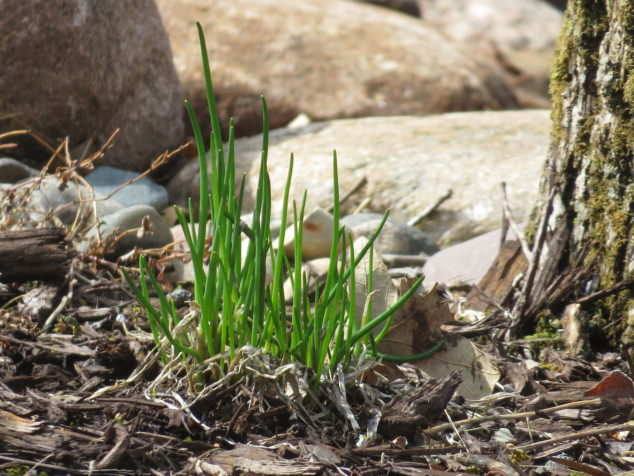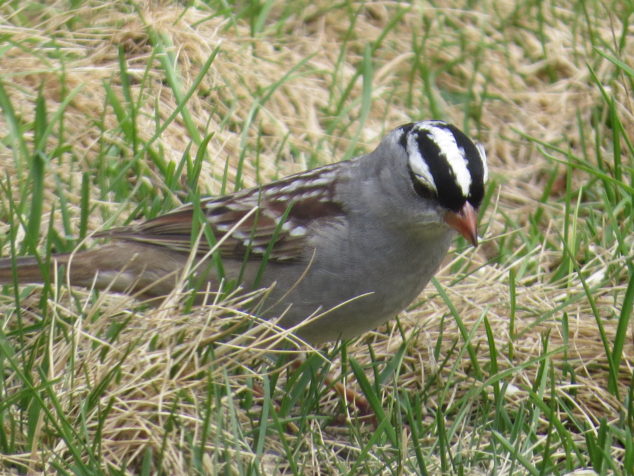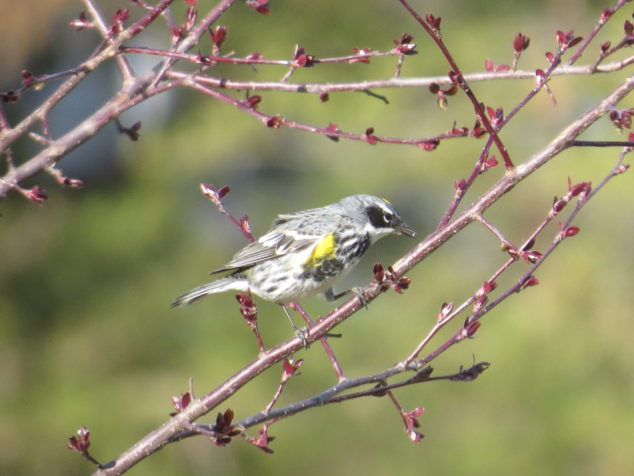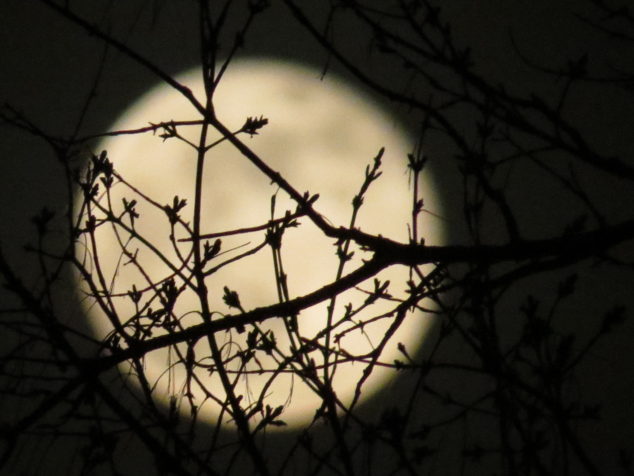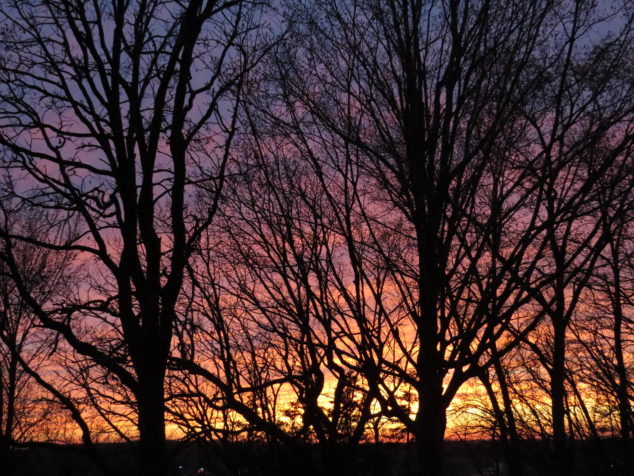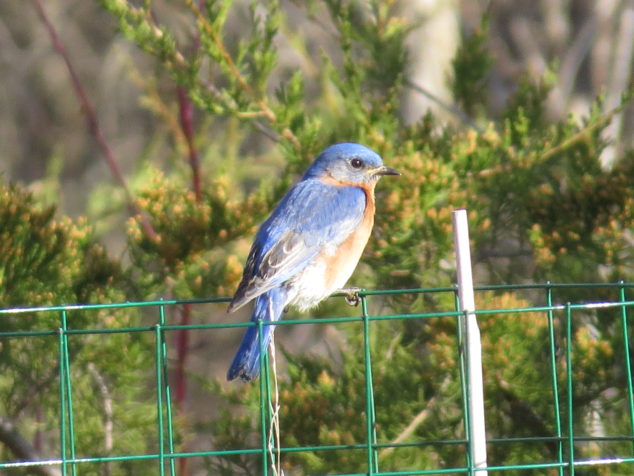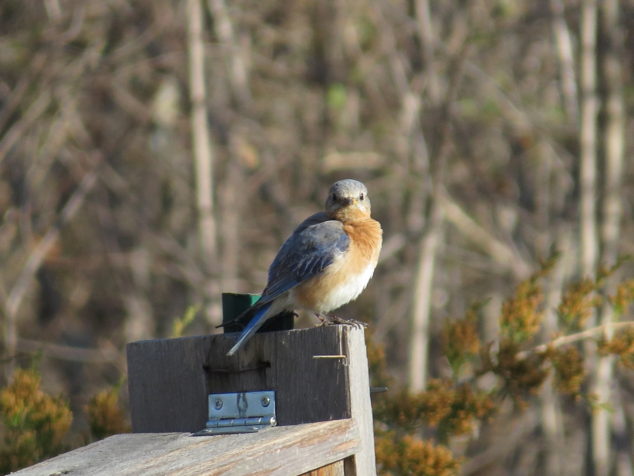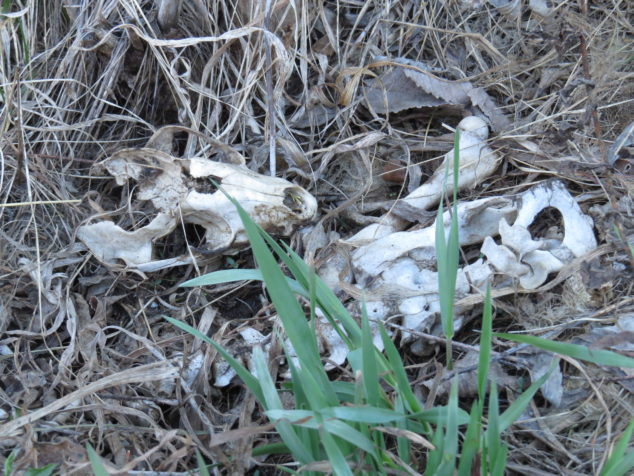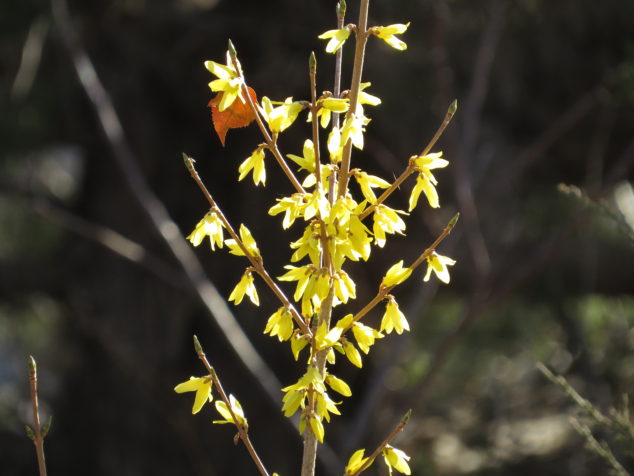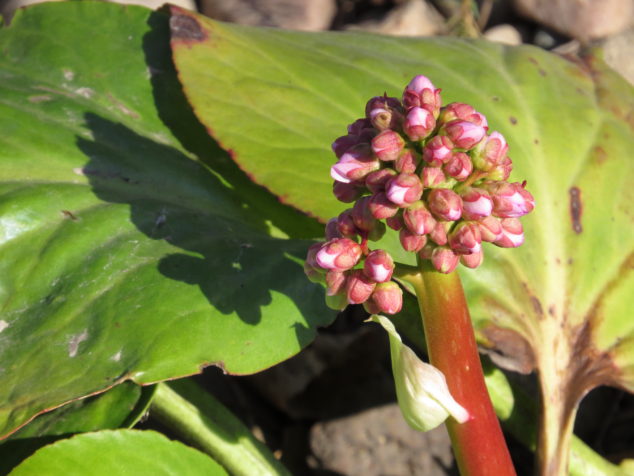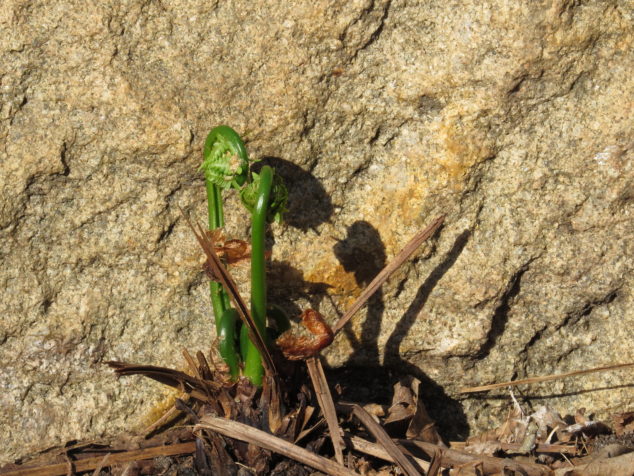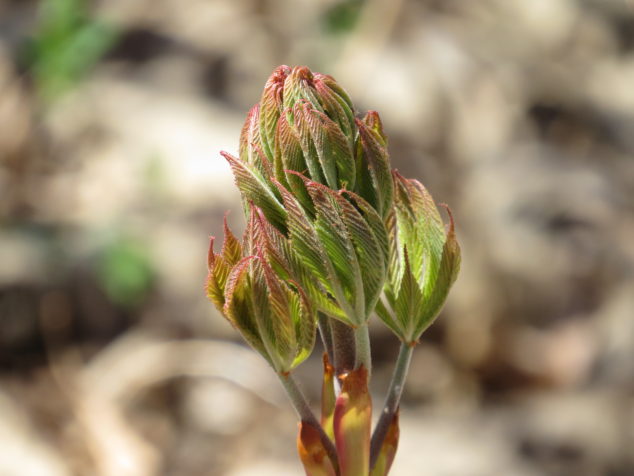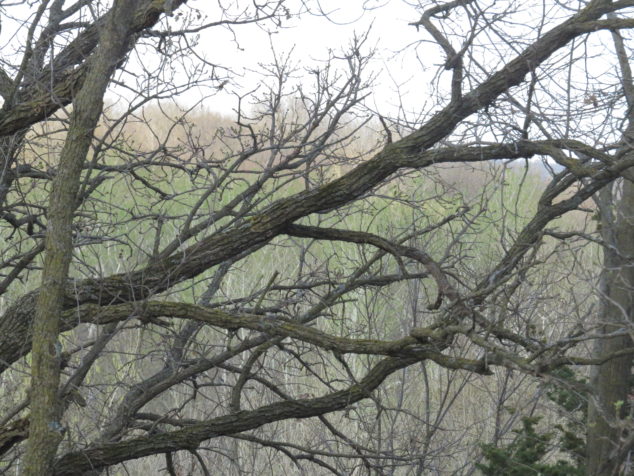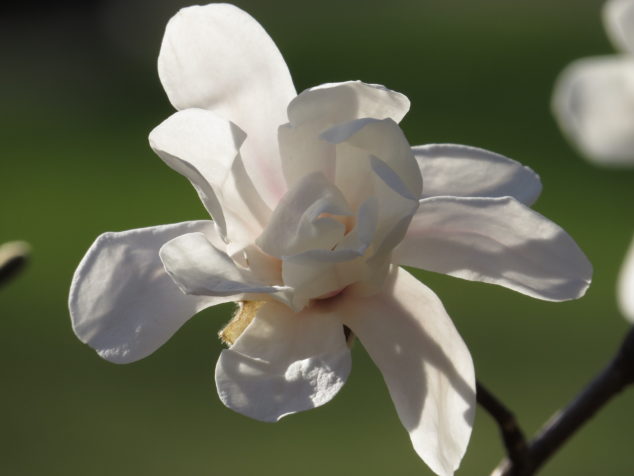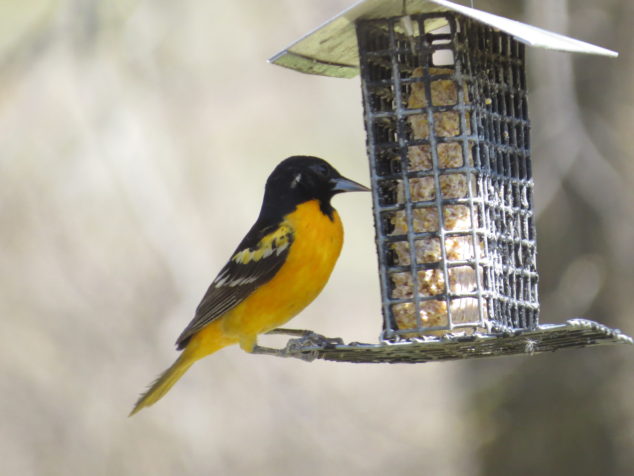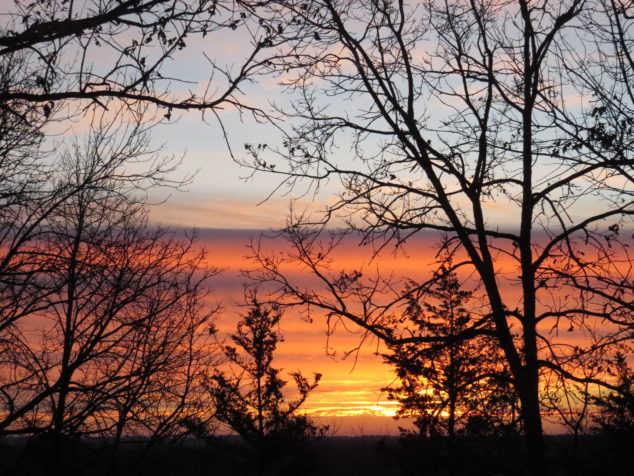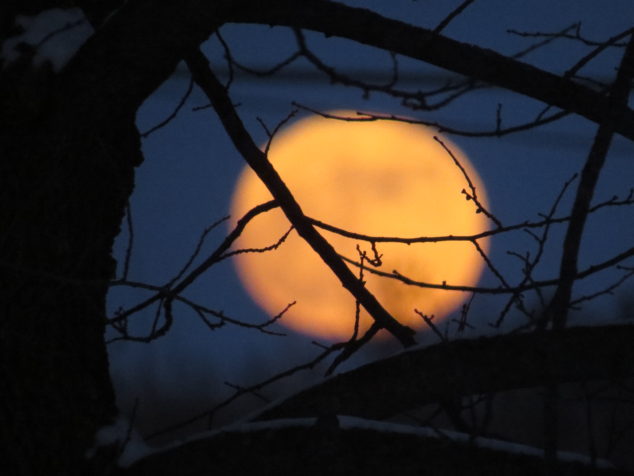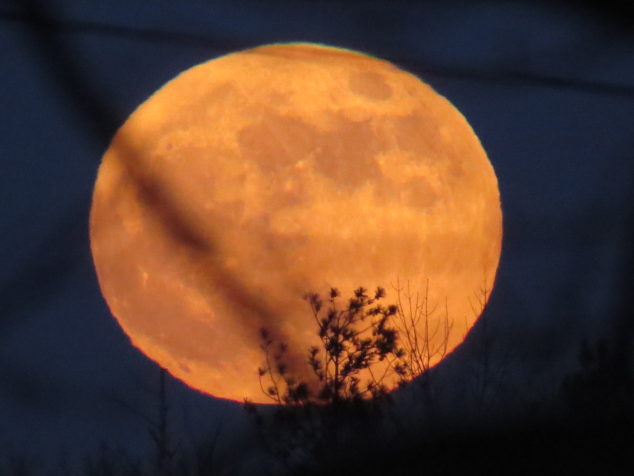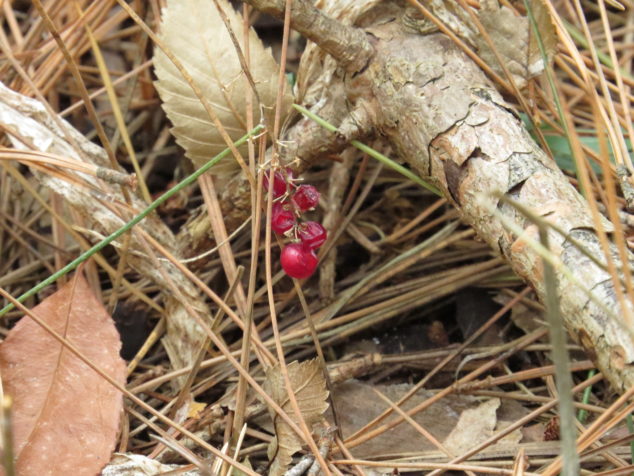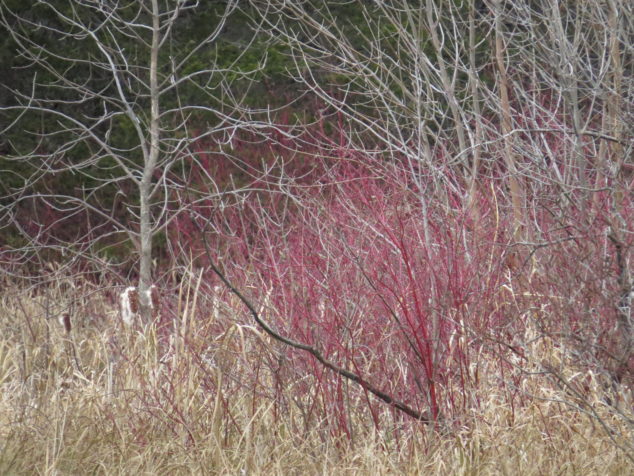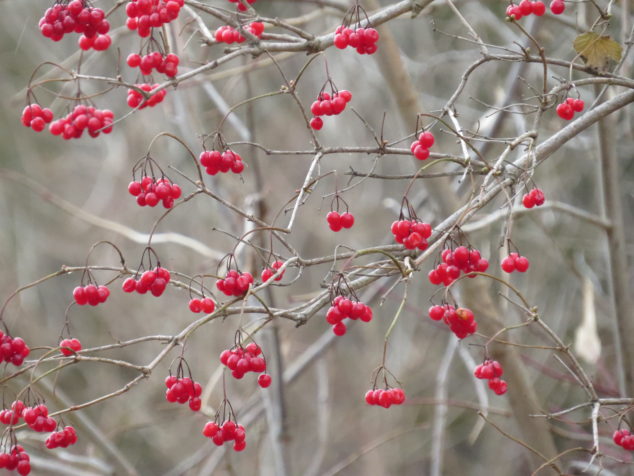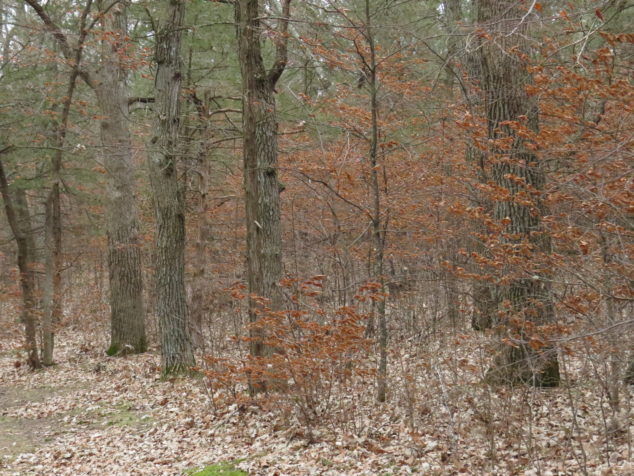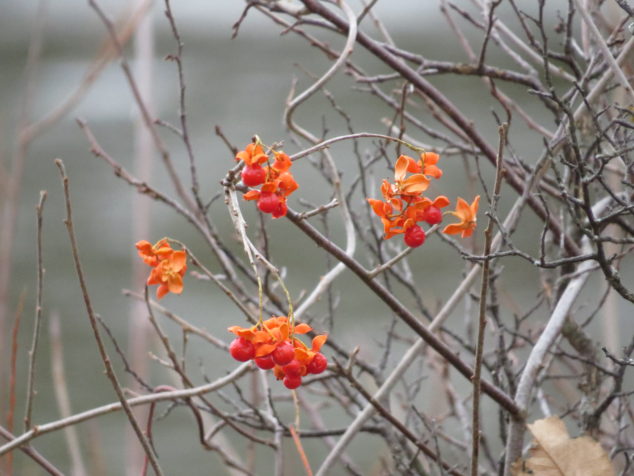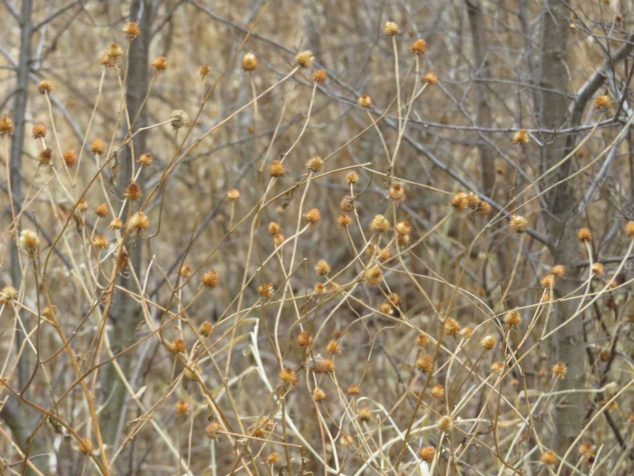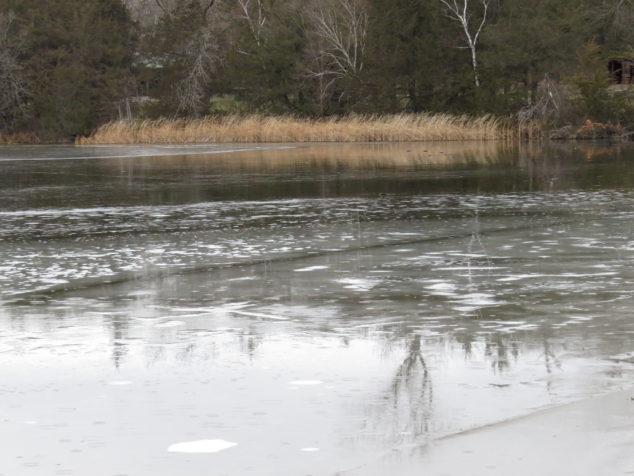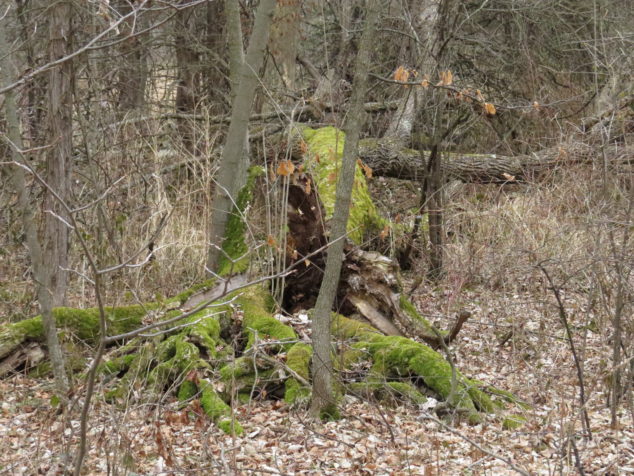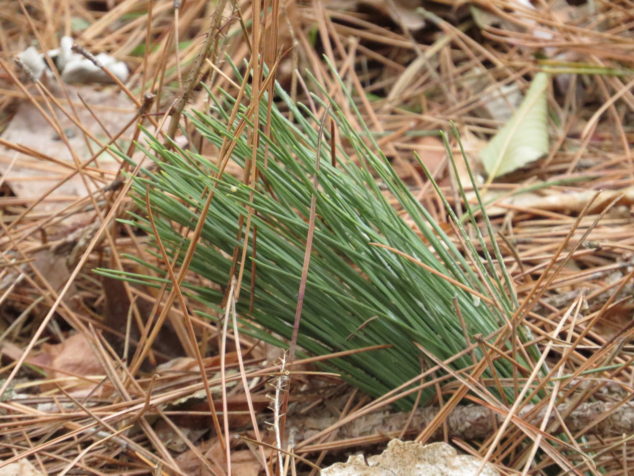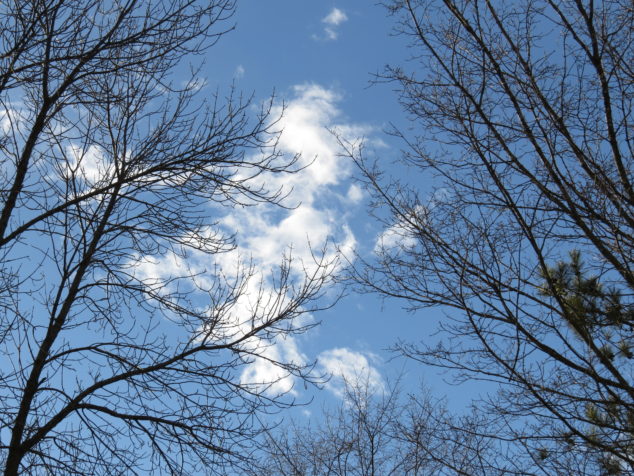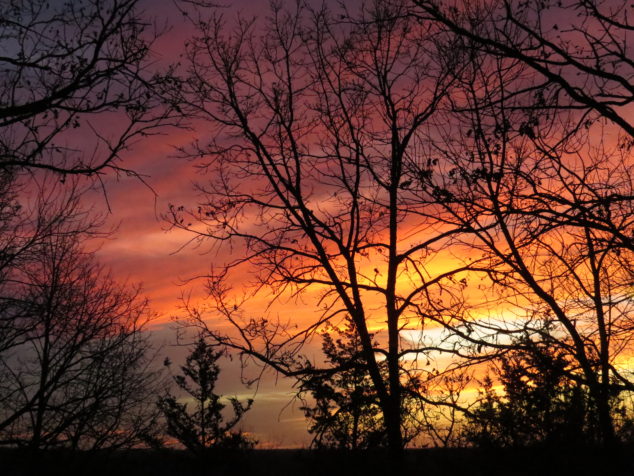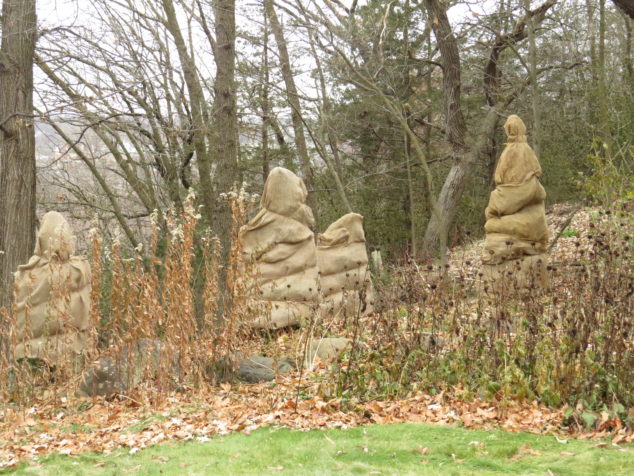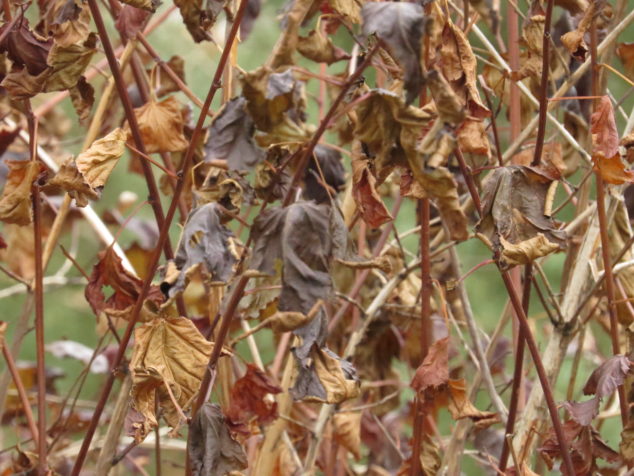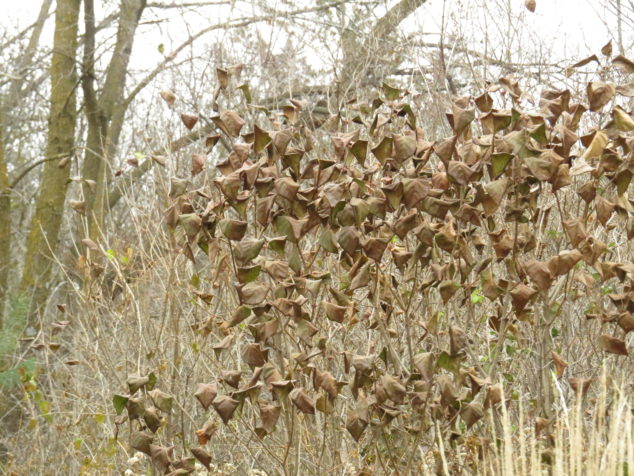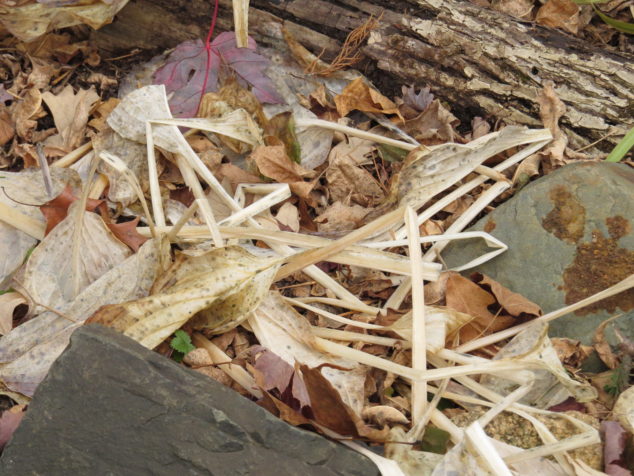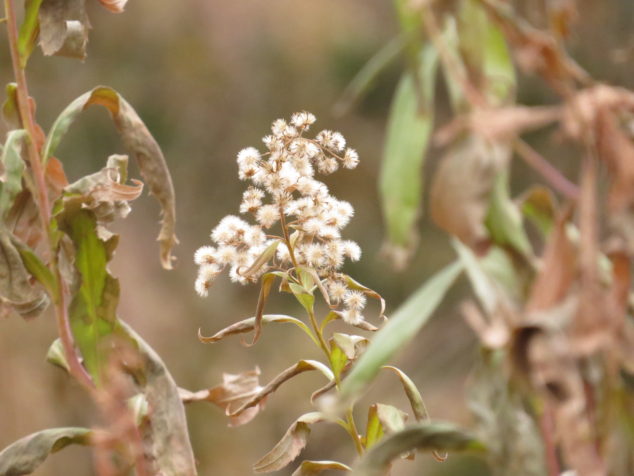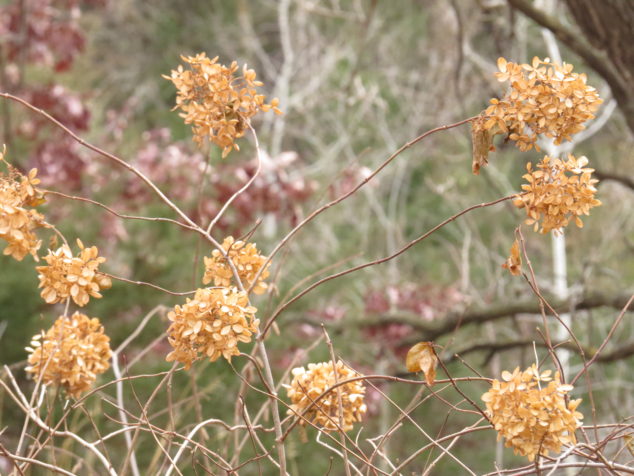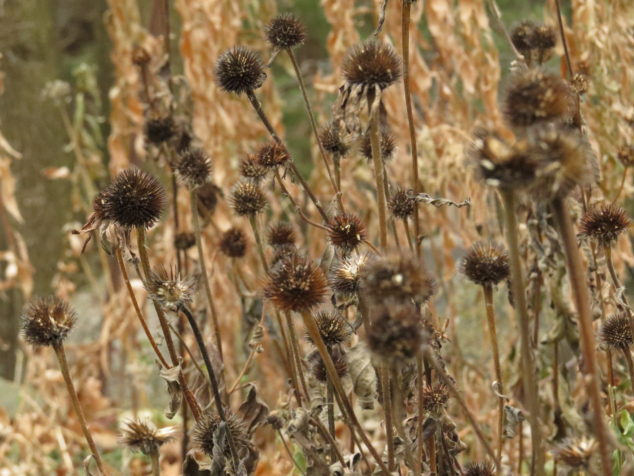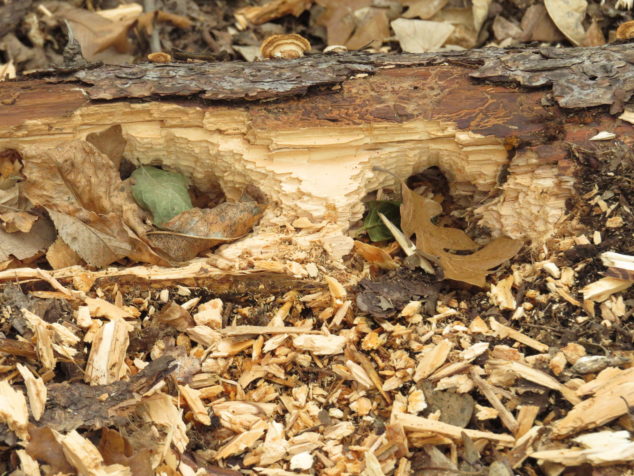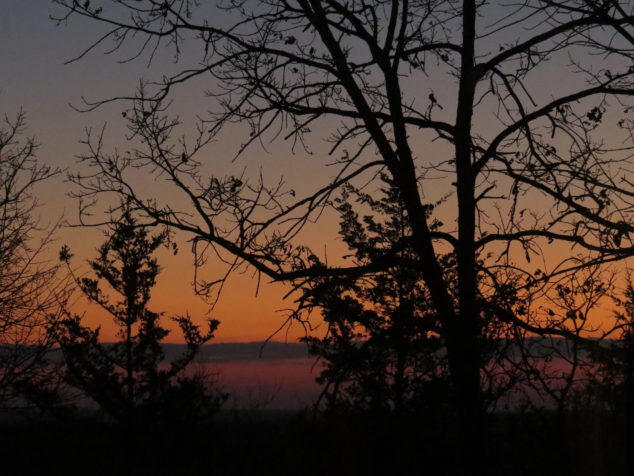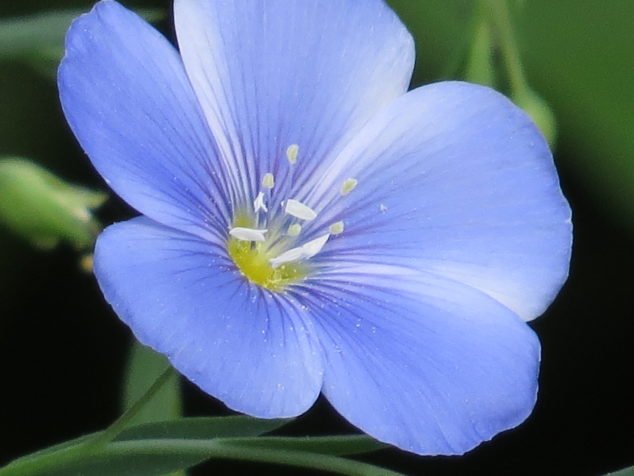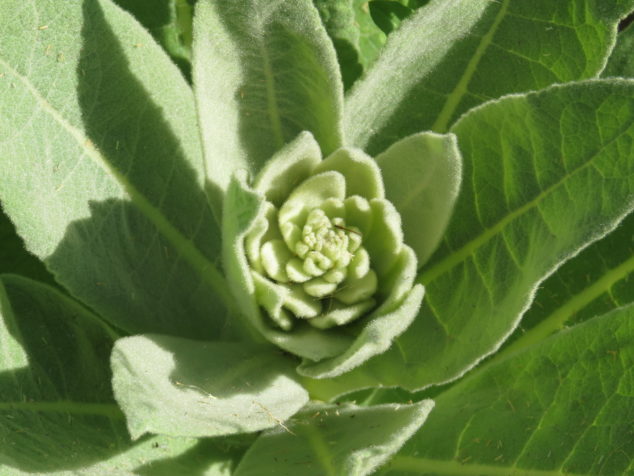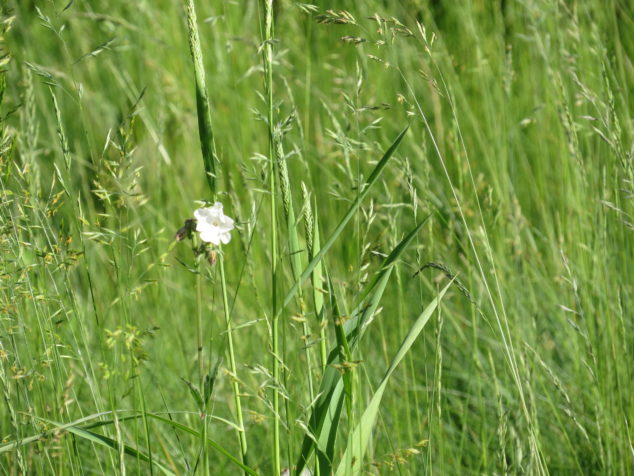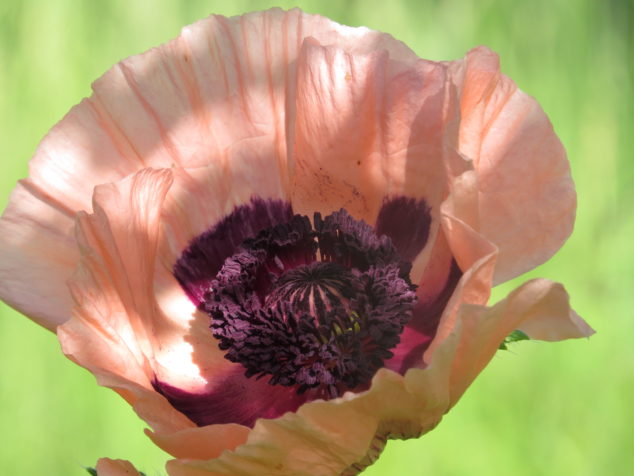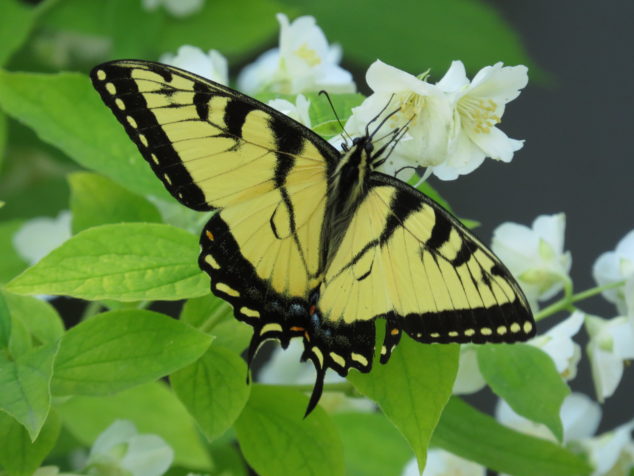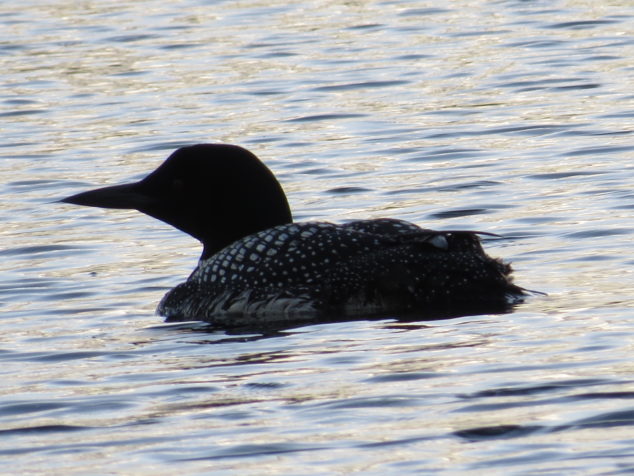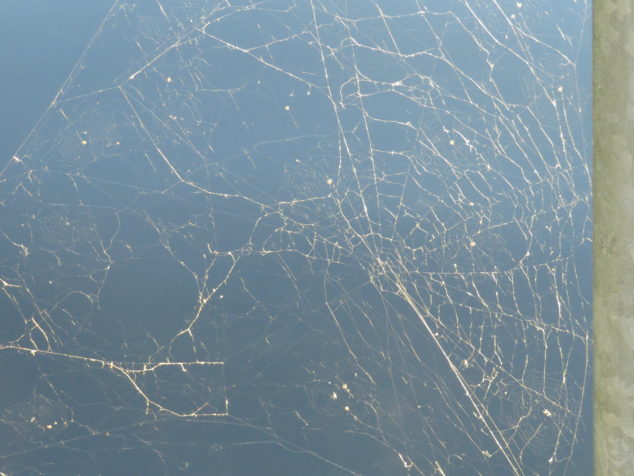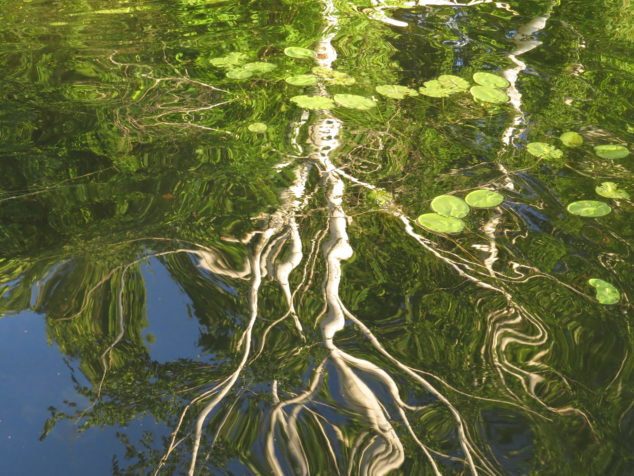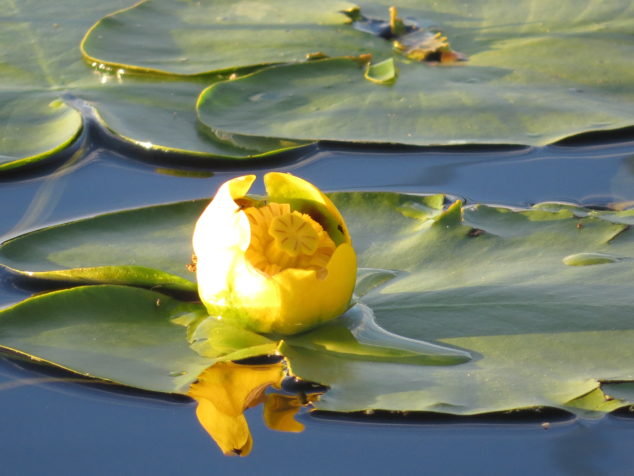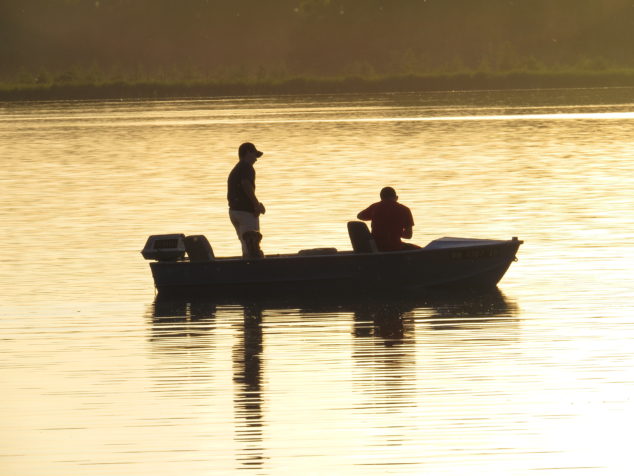Last week I wrote about processing the Old things, the past things that I have stored in boxes for years—difficult for me to do, but necessary and freeing in its own way. But it was nothing compared to what happened when the Old things of the past processed me. Moving has always been a double-edged sword for me—on the one hand, I anticipate the excitement of a new place to discover and explore. A starting over, in a way. On the other hand, I could hardly bear to leave the old place. Each house, each place was a sanctuary for me—it was a place of safety (although that was challenged a number of times for various reasons), a place of comfort, a place I loved. So even when I was all-in on the move, it was hard. The boxing-up process was the most difficult—until the final, final, final time of walking out the door. There have been people in my life who have pushed me at those times—Chris of course, my Mom, a couple good friends, my daughter Emily this time—who box up the remaining things despite my protests and urge me out the door. Even as I desperately cling to the door jambs.
On the surface, I try to reason with myself, going between the pros and cons. With each pro-moving point, I rebut with “But how can I leave these…sunsets…
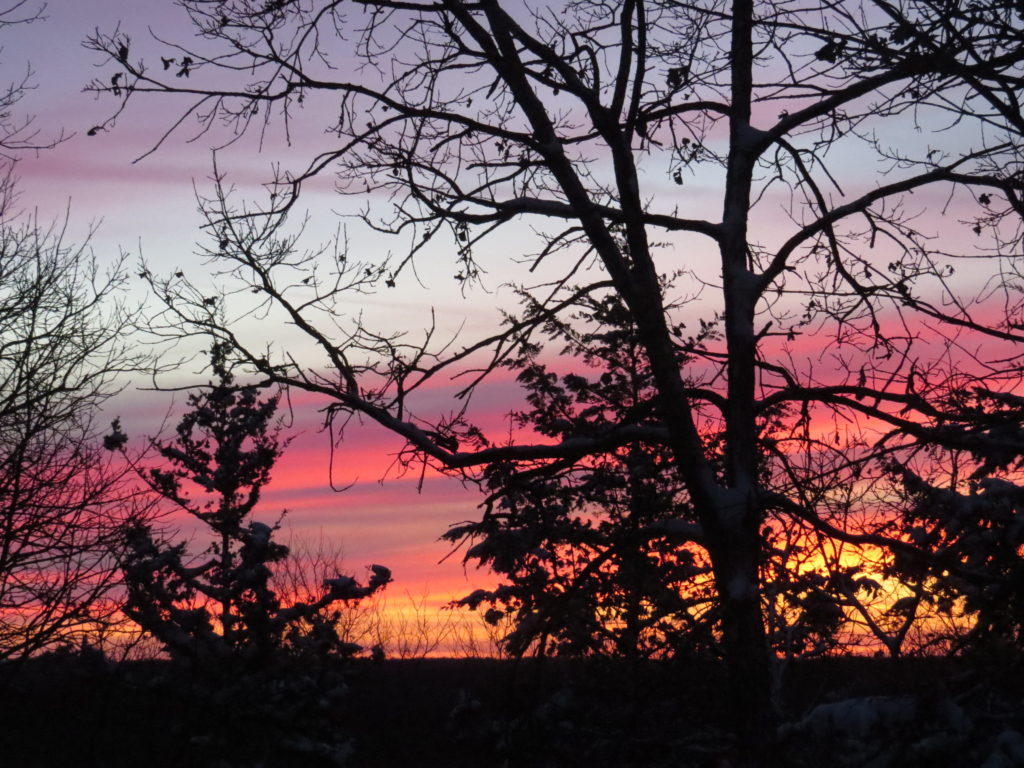
…these sunrises out my beautiful screened-in porch…
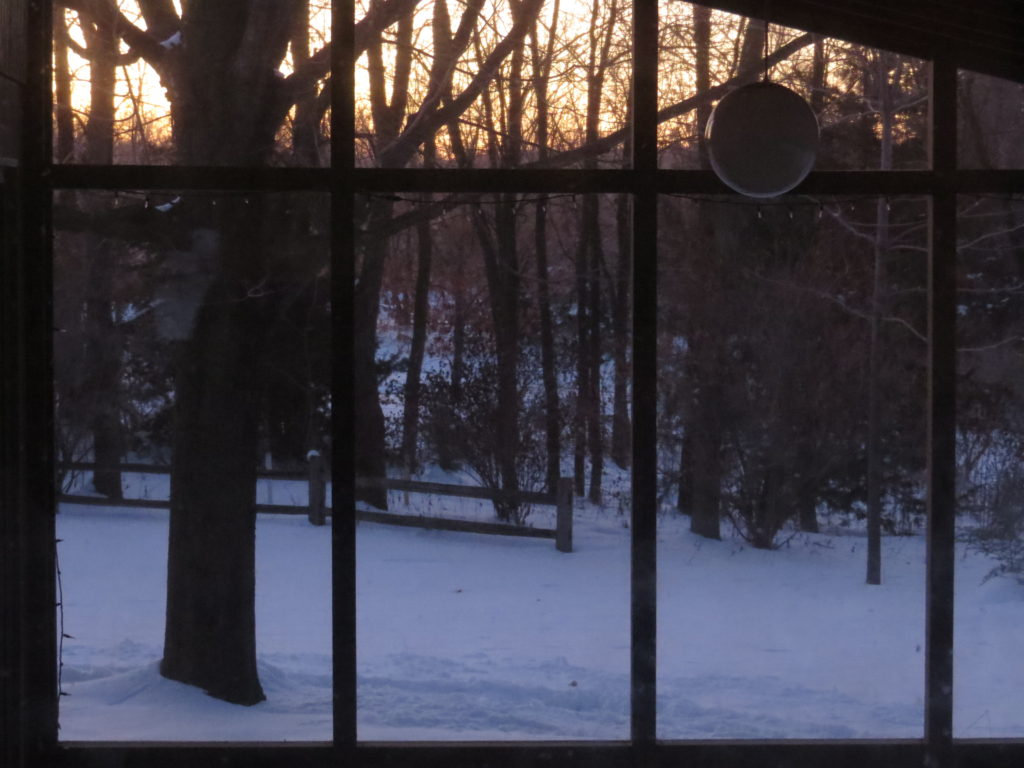
…my animal friends?

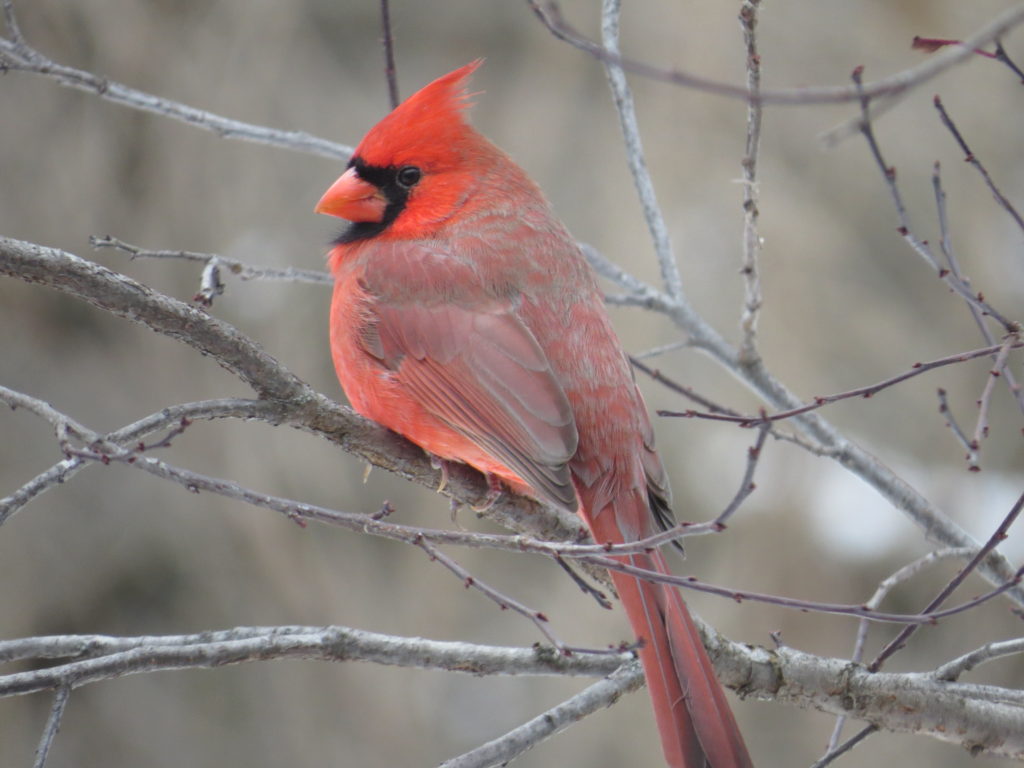

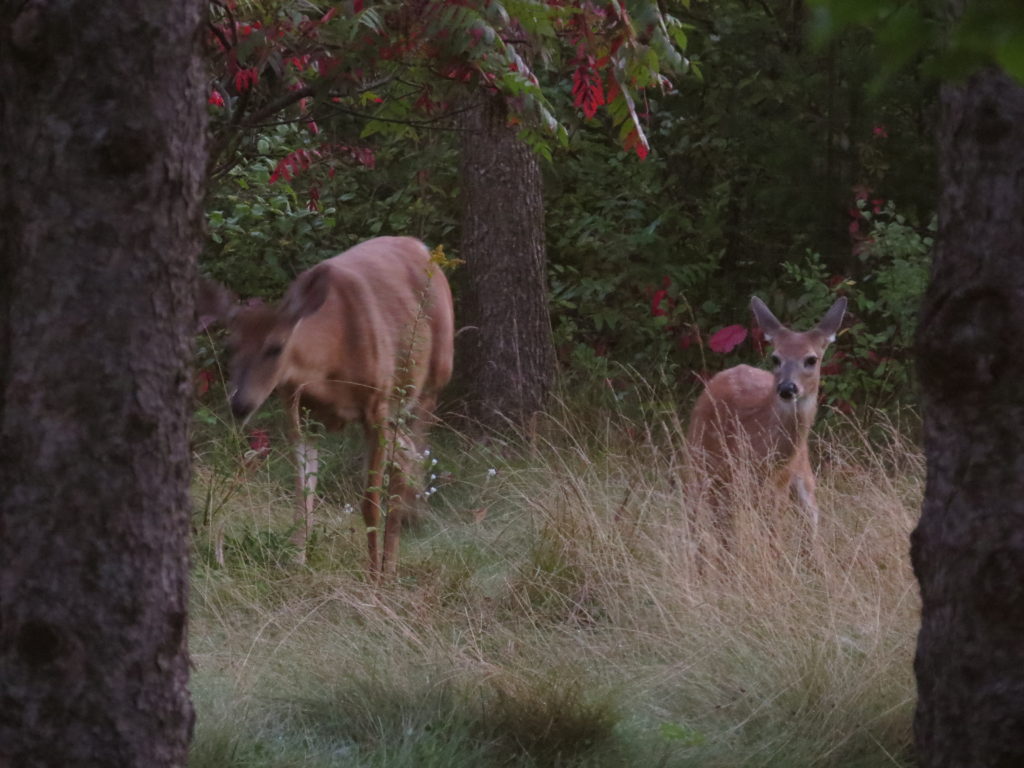
All of those surface rebuts are valid and tender and real, and they also reveal a glimpse into the essence of why this is so very hard for me. This time, this move, this boxing time was different. It was ugly and raw and wildly animalistic. I couldn’t bear to pack up my things, especially the special things, and I wouldn’t let anyone else touch them. Emily came to help me, and I resisted every move she made. I came un-done if she or Chris packed up anything without my permission. I instantly flew into a whirlwind of rage and panic: I yelled, I cried old, difficult tears, I stomped my feet, I wailed like a wounded animal. It was scaring the heck out of all of us. There had been weeks, maybe months—it was all such a blur—of tears that flowed from some artesian well of the Universe, for no one person could possibly produce so many tears, could they? And it all came to a head when my dear daughter was here to help. Every day had multiple episodes of this unreasonable behavior, and once I had control of the situation again, I was able to calm down and resume our work. And then the tantrum would happen again. Finally, after I don’t know how many exhausting days of this, we took a lunch break, and as I sat very still at the table, the tears quietly streamed down my face, still. Emily—God bless her patience and maturity—asked me what was going on. In that moment, I finally knew. I managed to finally speak the words, “I feel exactly like I did when I was in first grade, when we moved away from South Dakota.” The Past had been processing me. I talked about how difficult our life had been in the year and a half before the move, how I didn’t want to leave the farm, how I couldn’t bear to leave my animal friends—the cows, chickens, kittens, dogs, and the big, black horse, how I didn’t want to leave my grandparents, how I loved the sandbox and the weeping willow tree. I talked about how out-of-my-control it all felt, and how the boxes swallowed up all of the familiar, safe, loved things and took them into a truck to a new, unfamiliar place. And with that realization and that space and time from my loving daughter and husband, and with those words, the panic began to abate. There were a few more episodes in the next couple of days, but the fury of them had passed—and then they were gone. I was an adult once again. The process of moving moved on.
